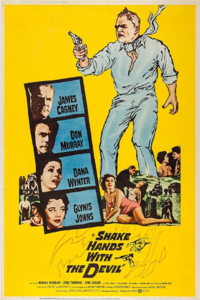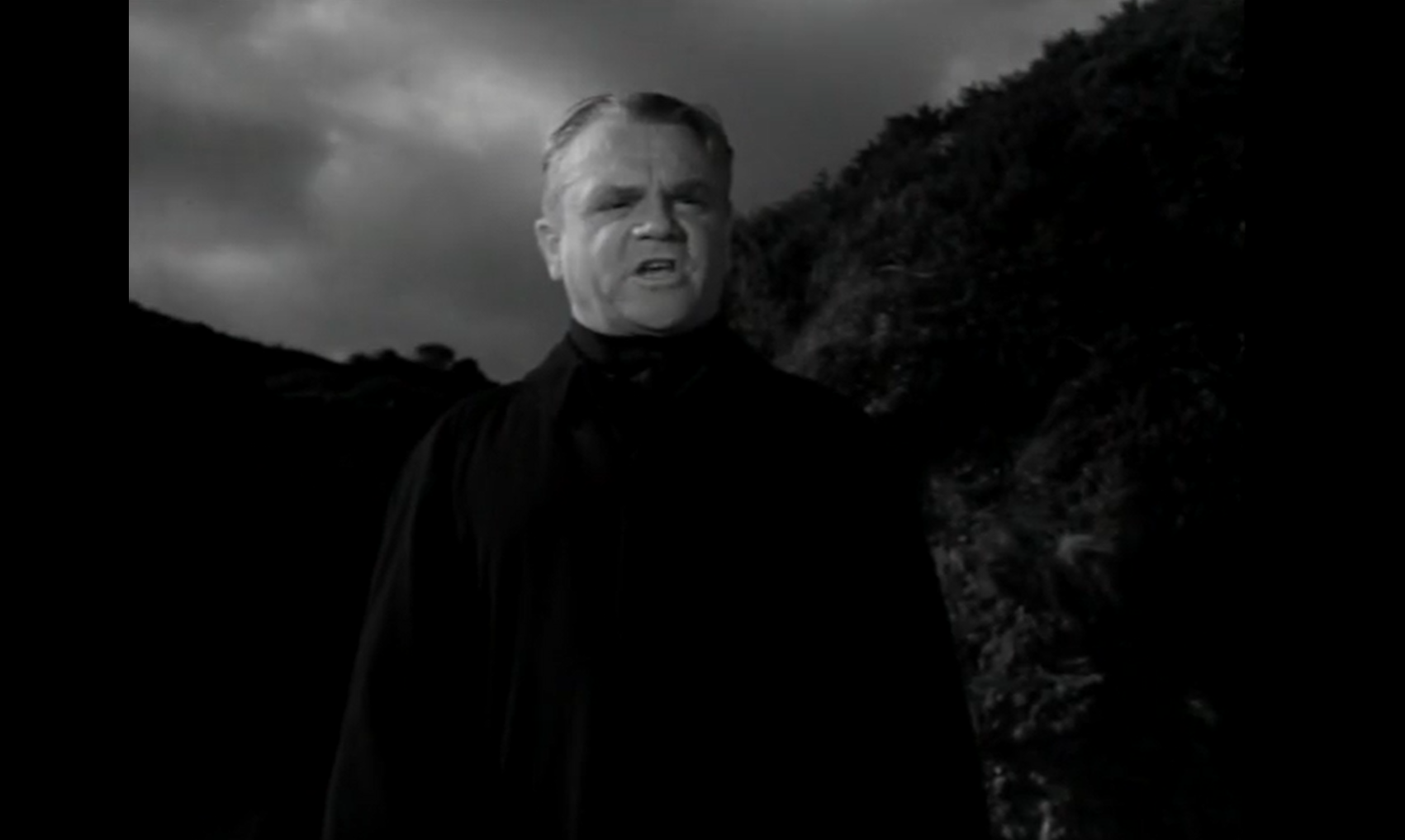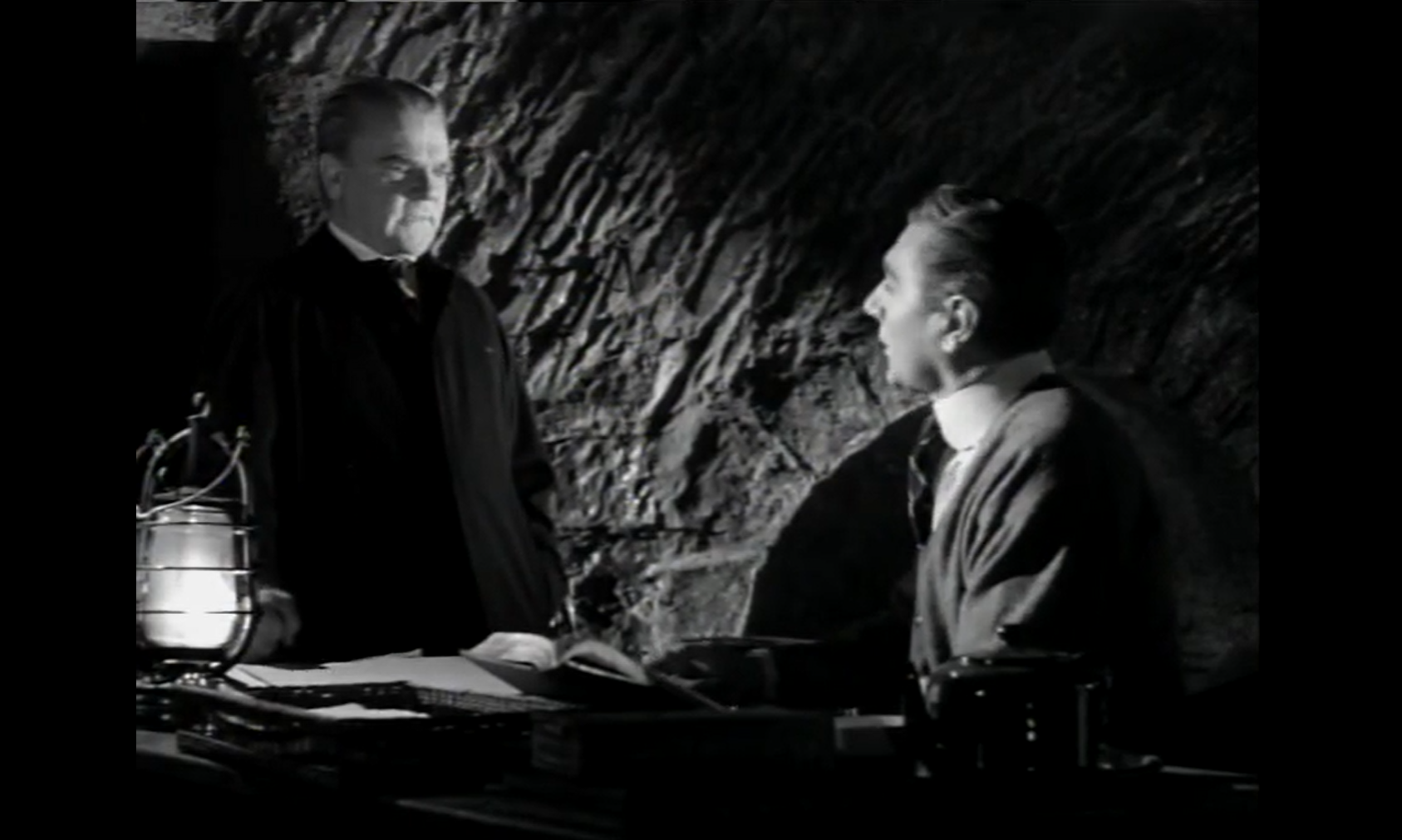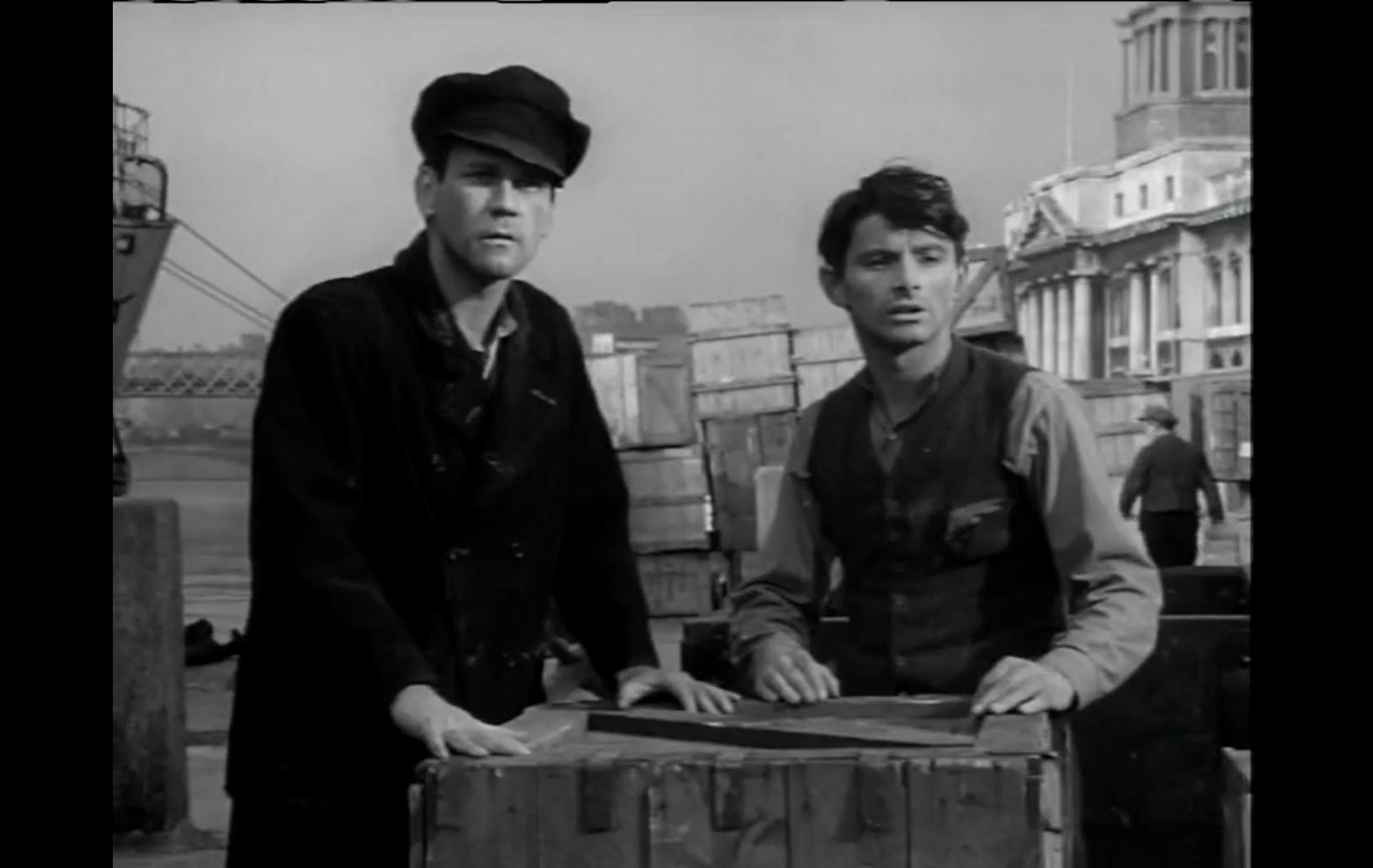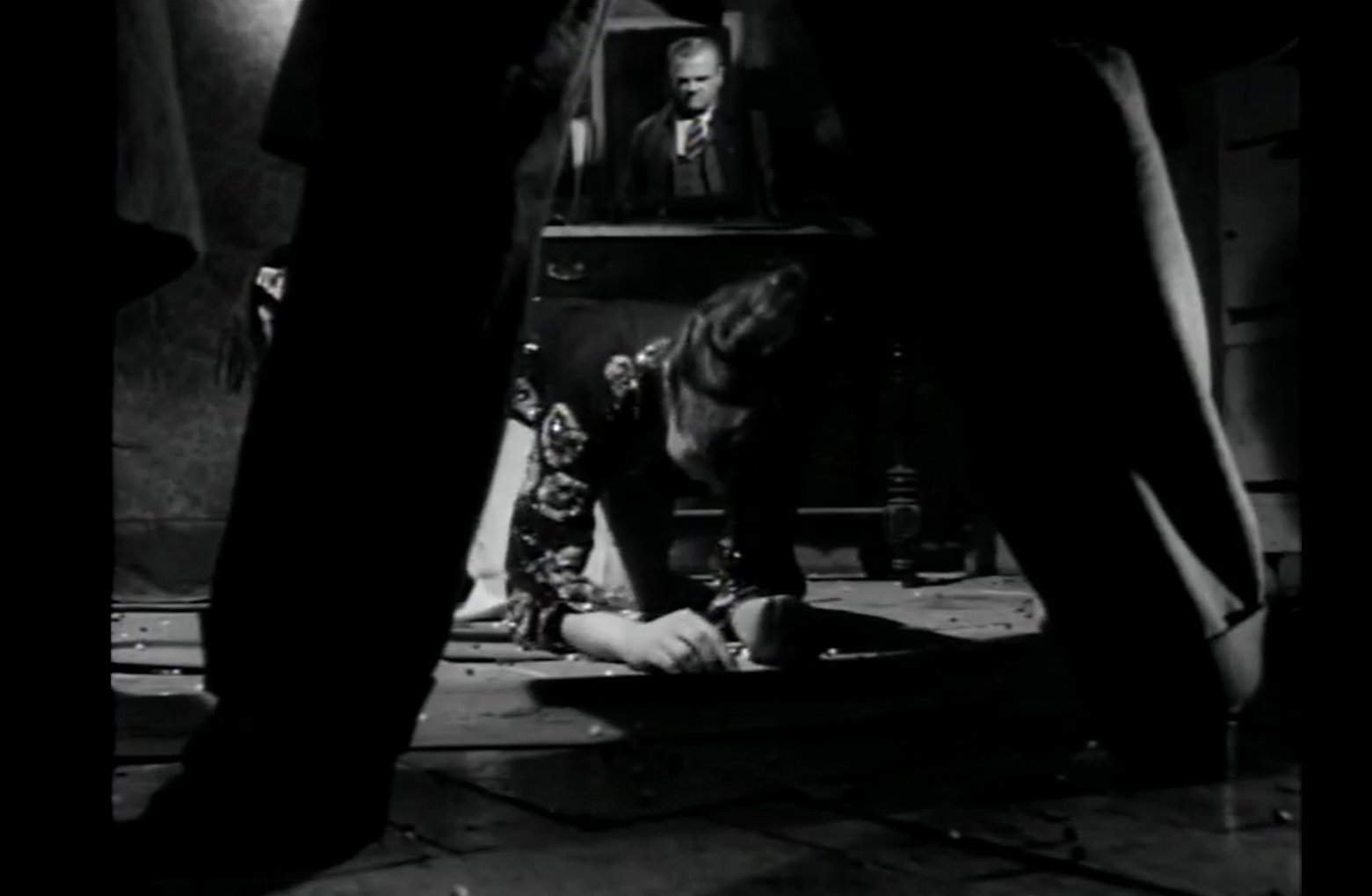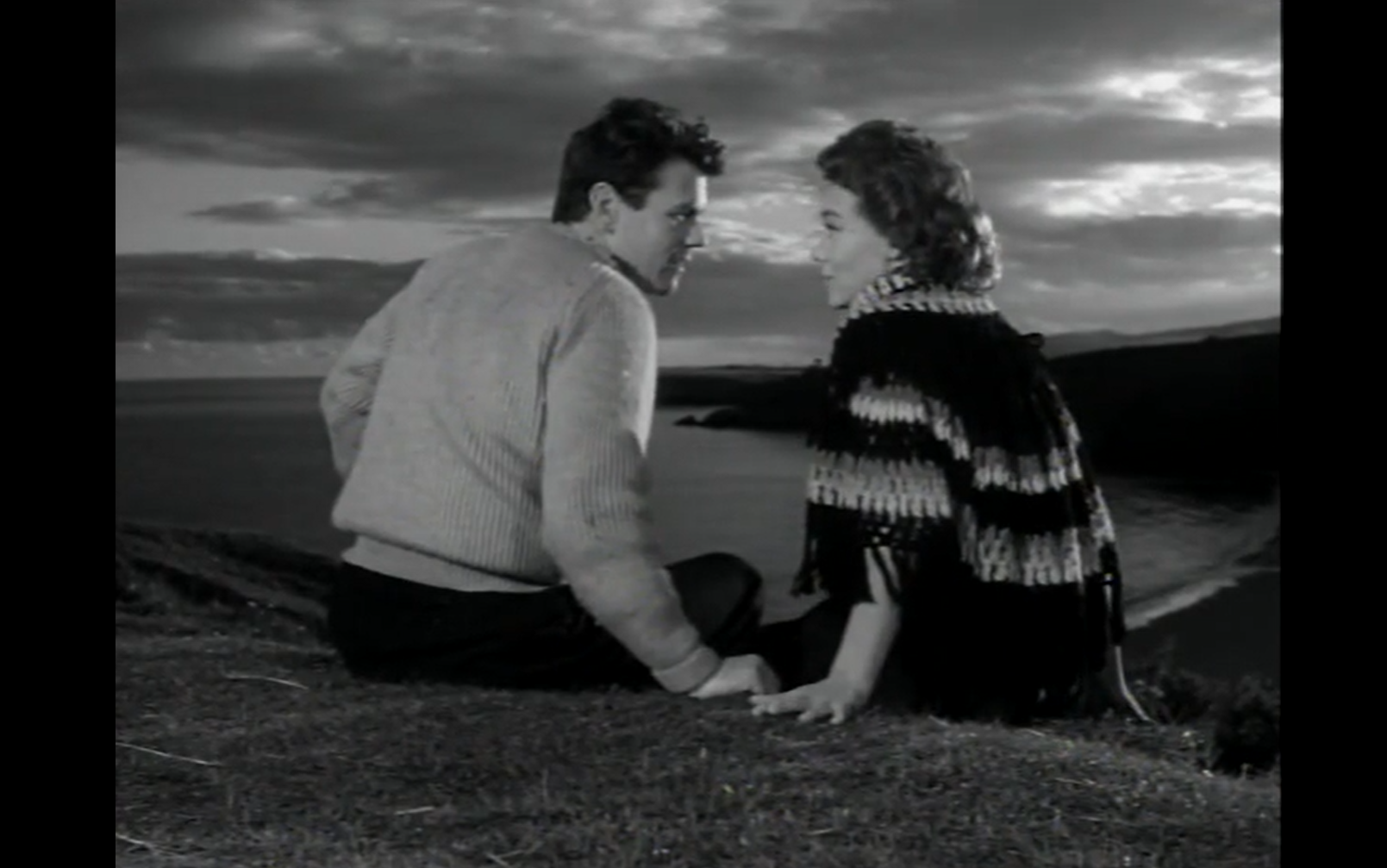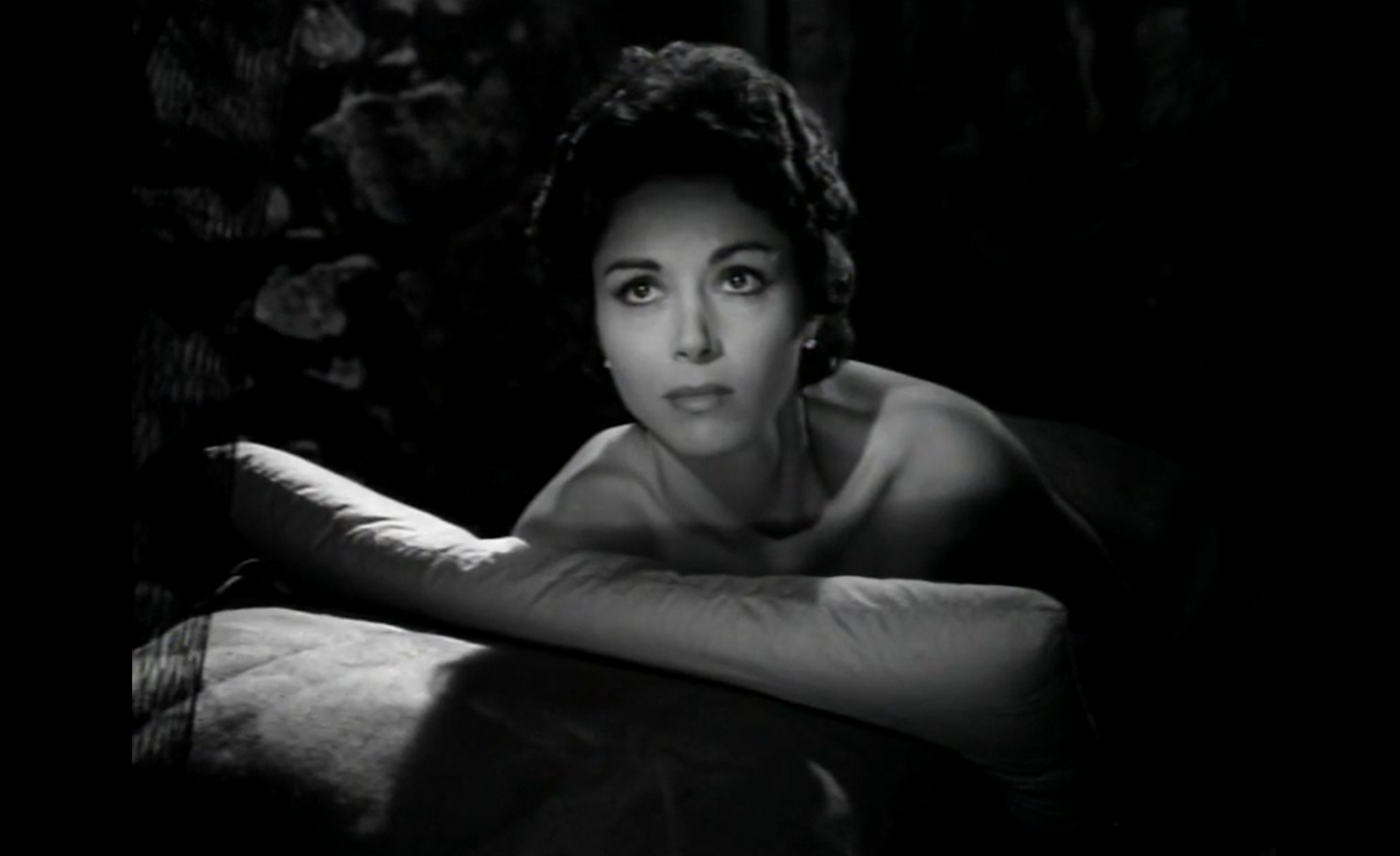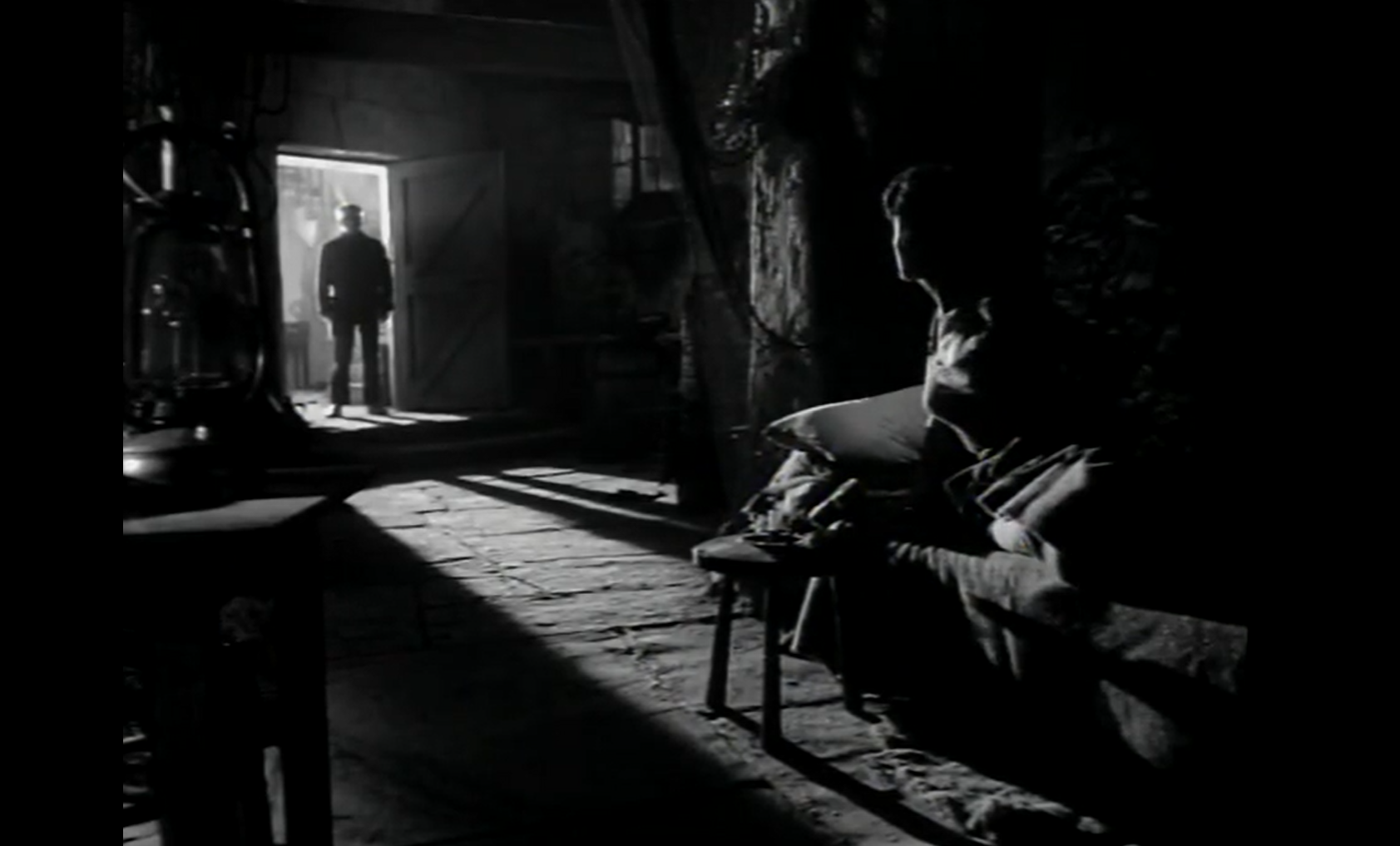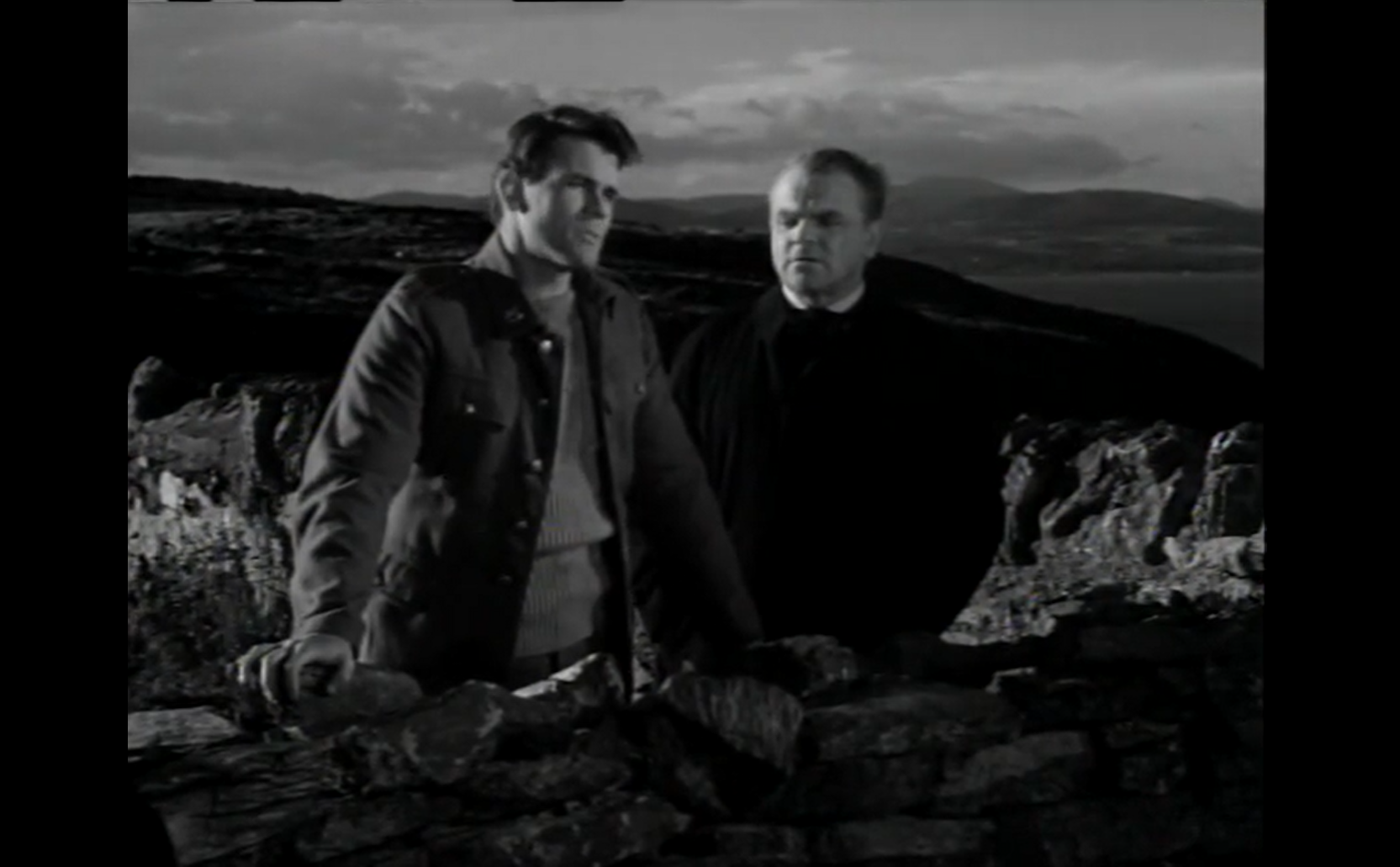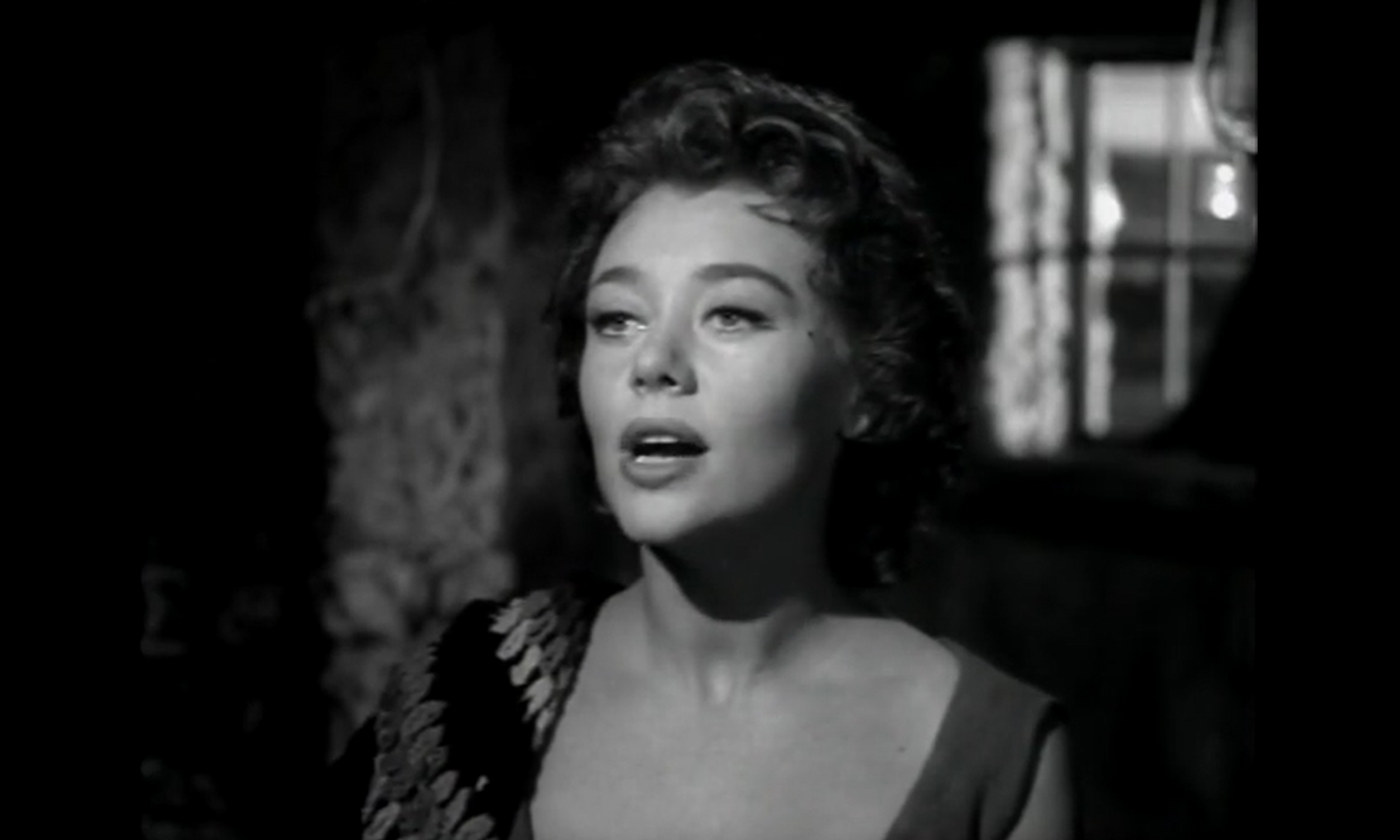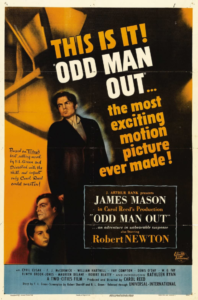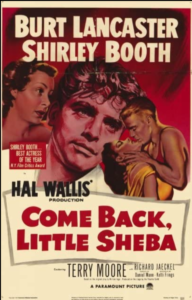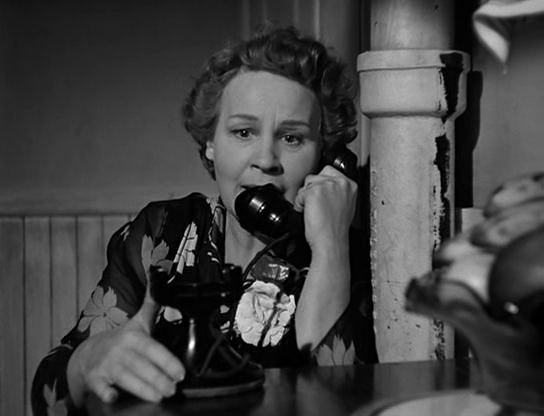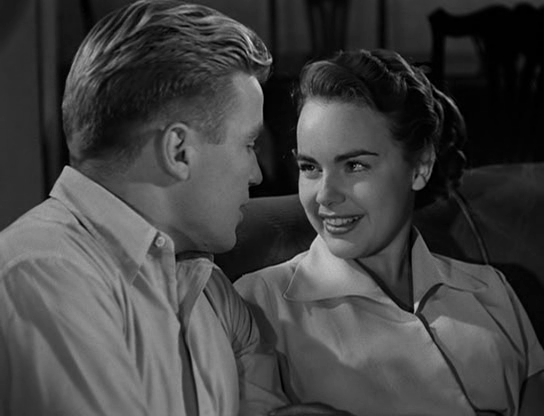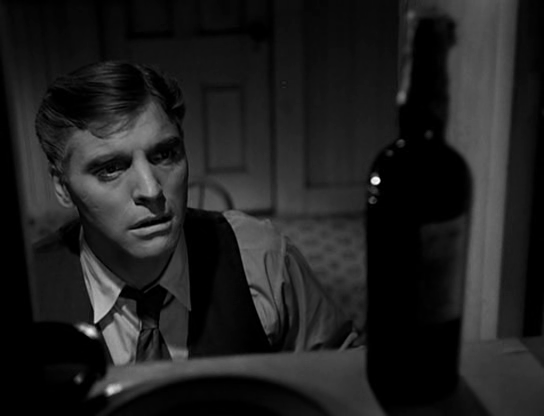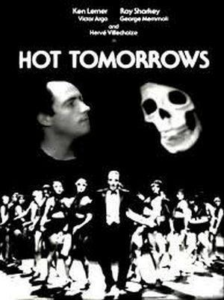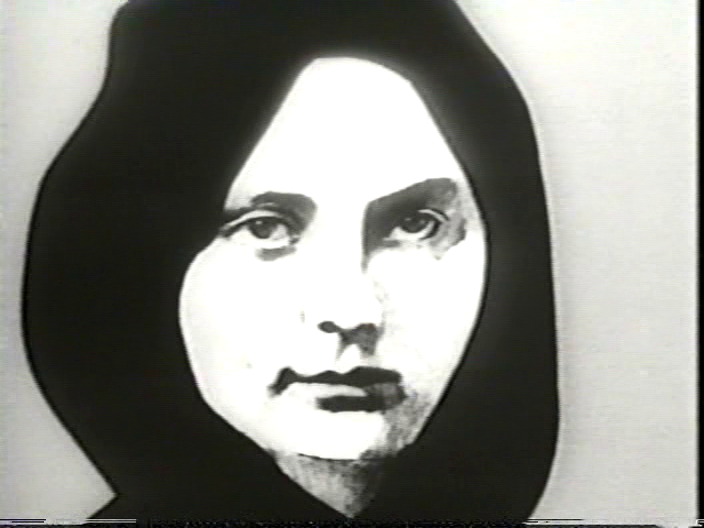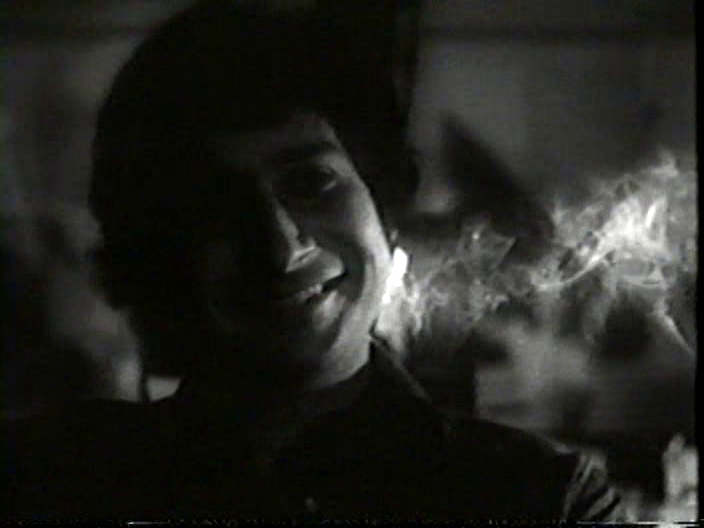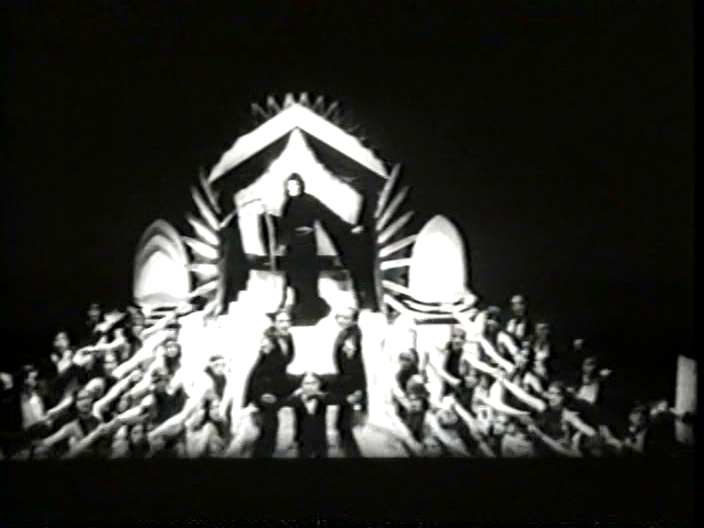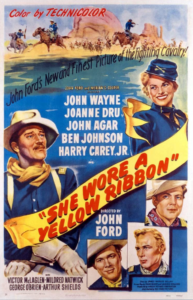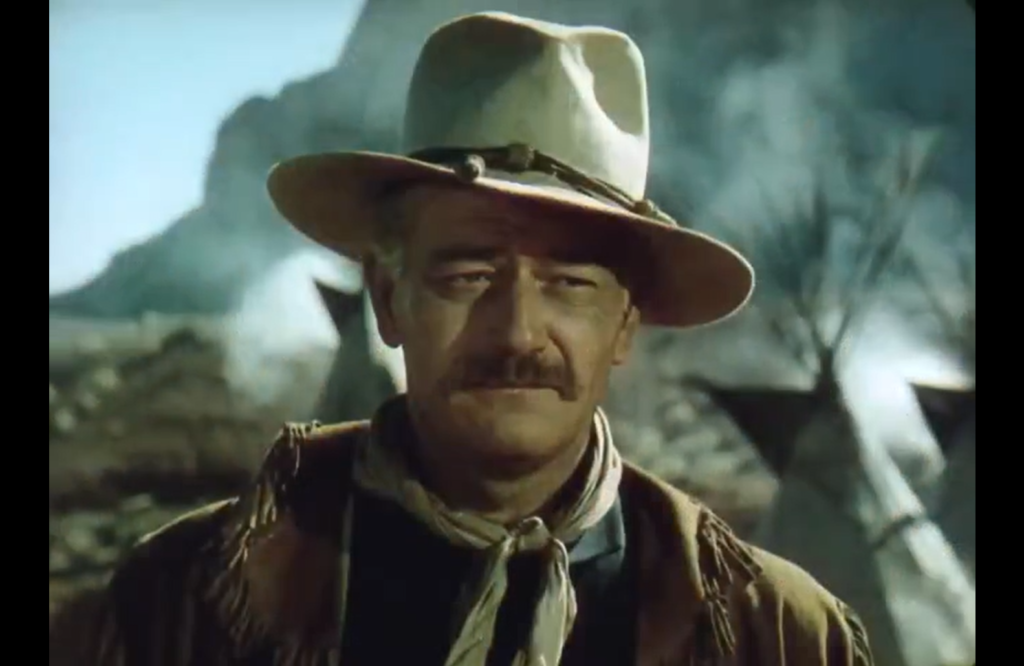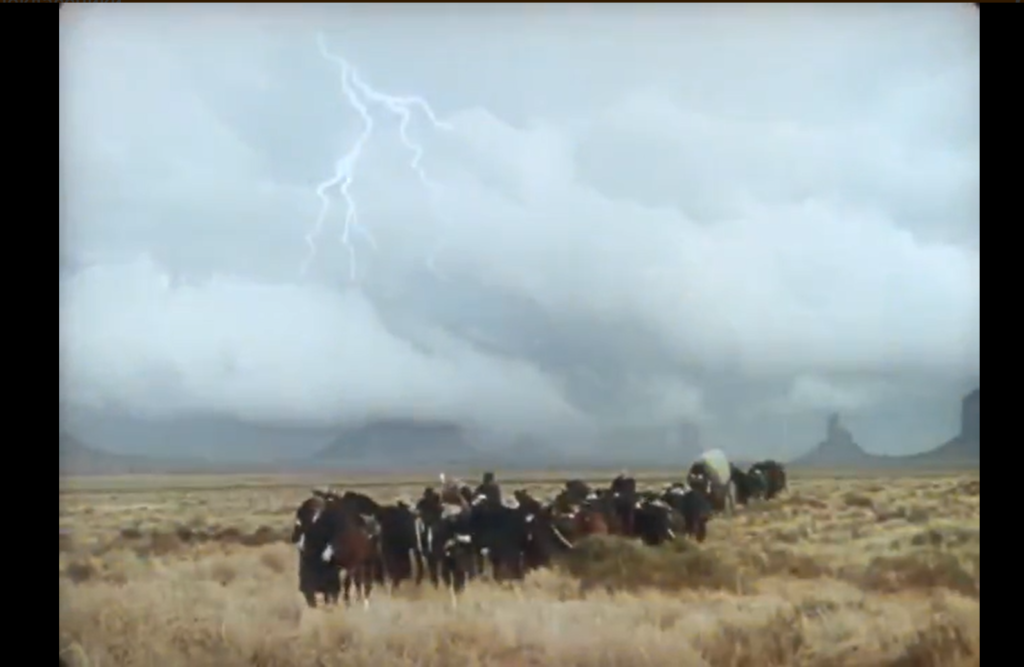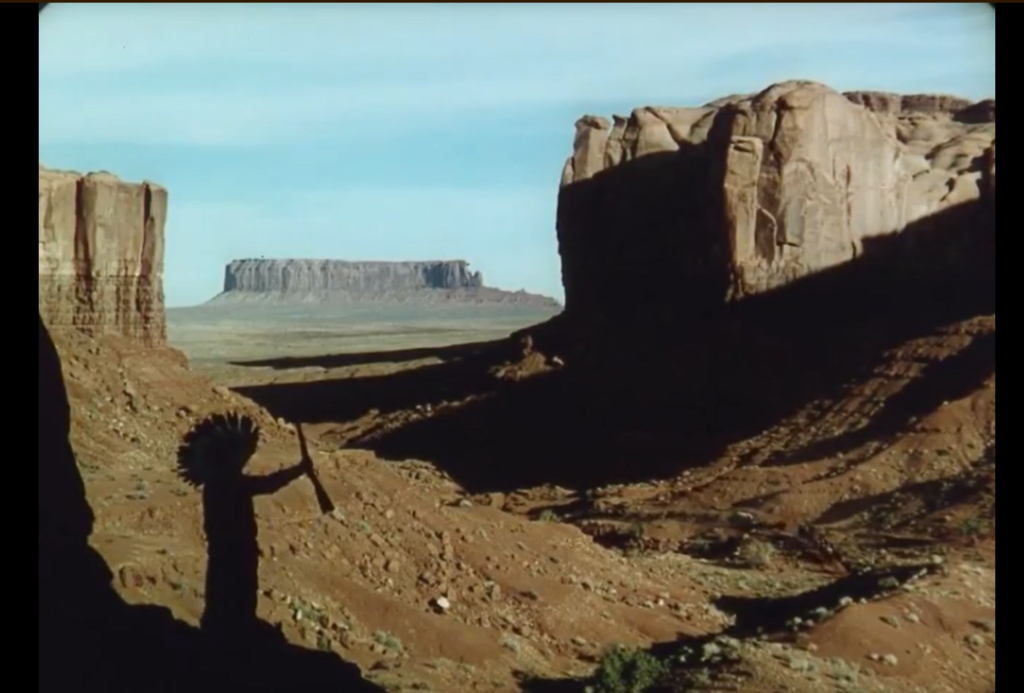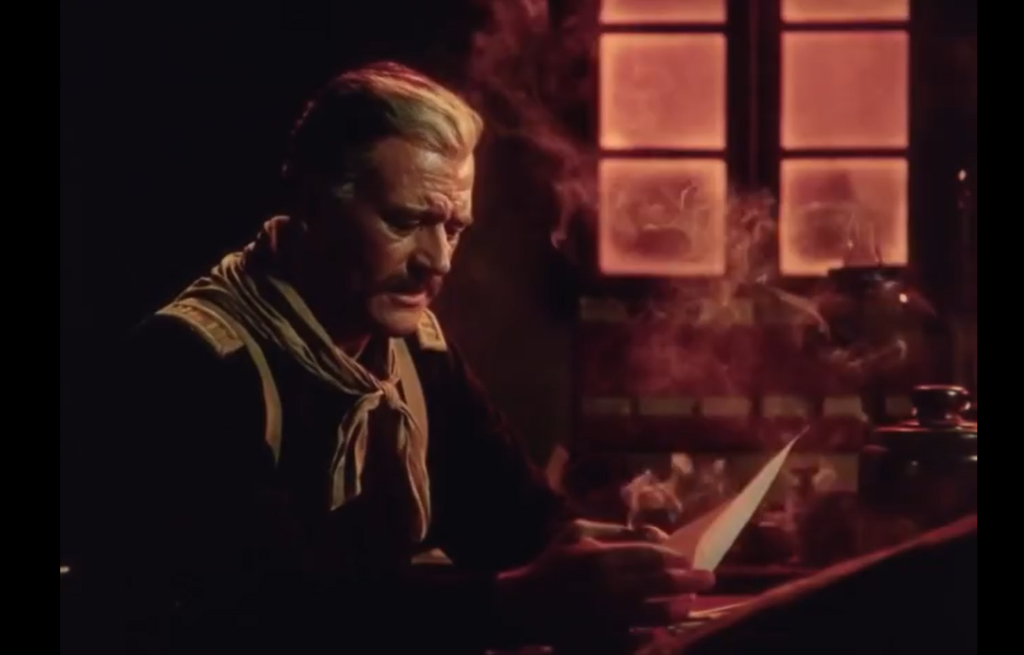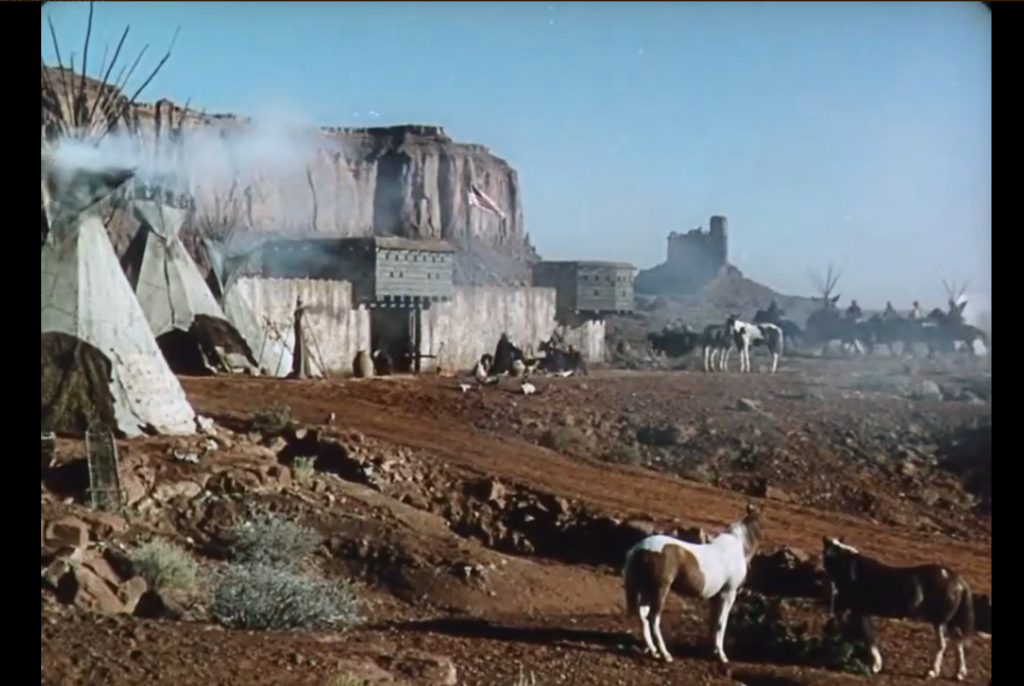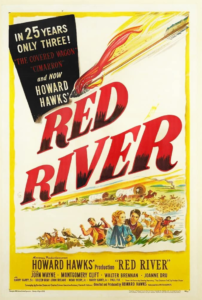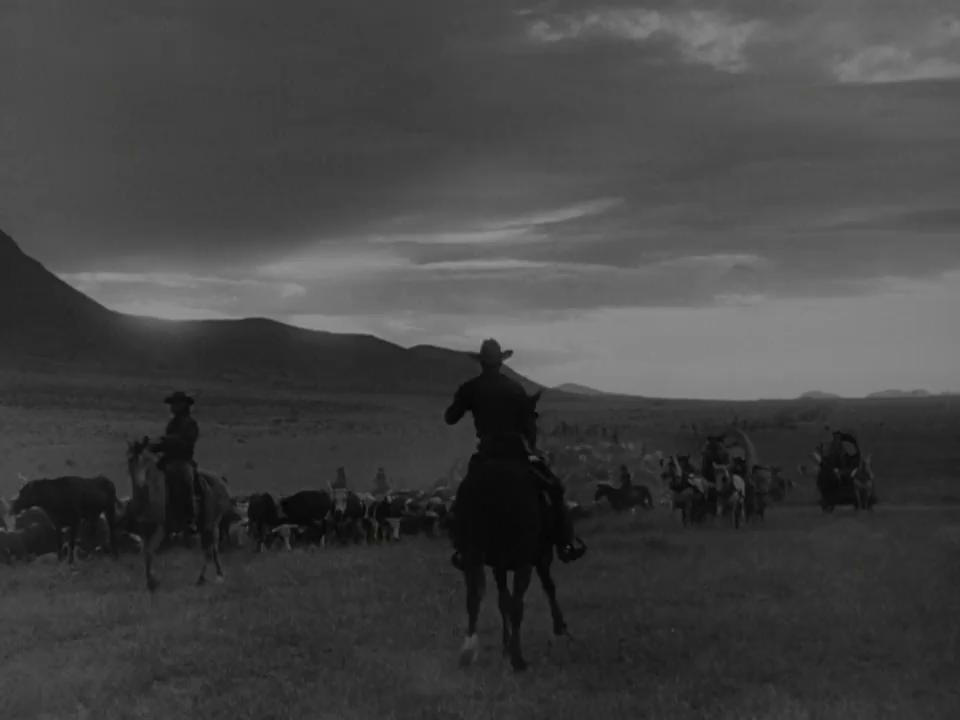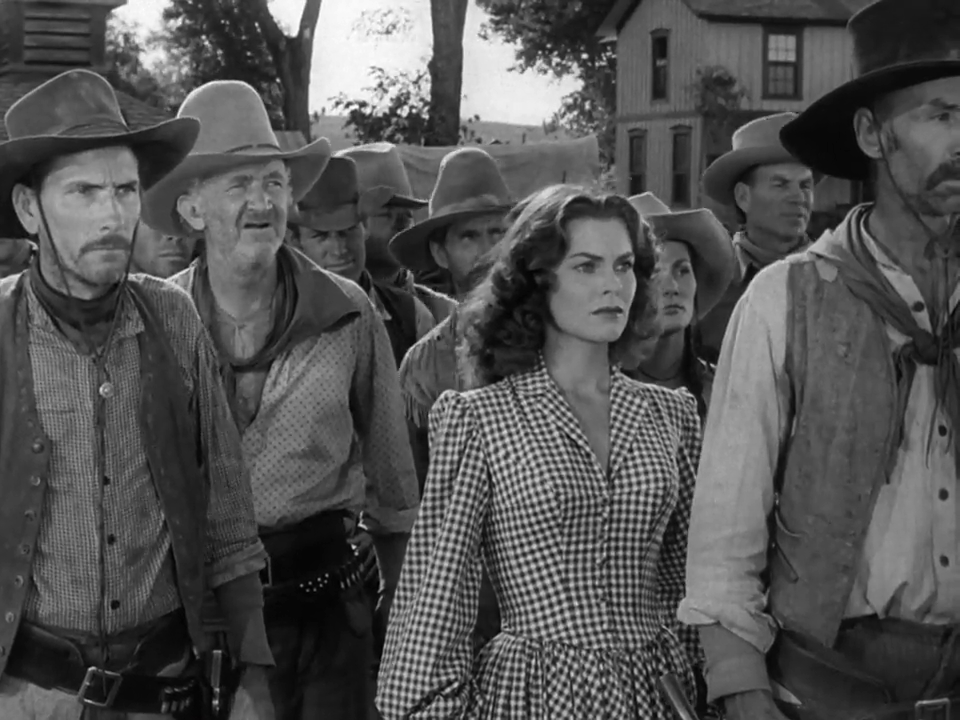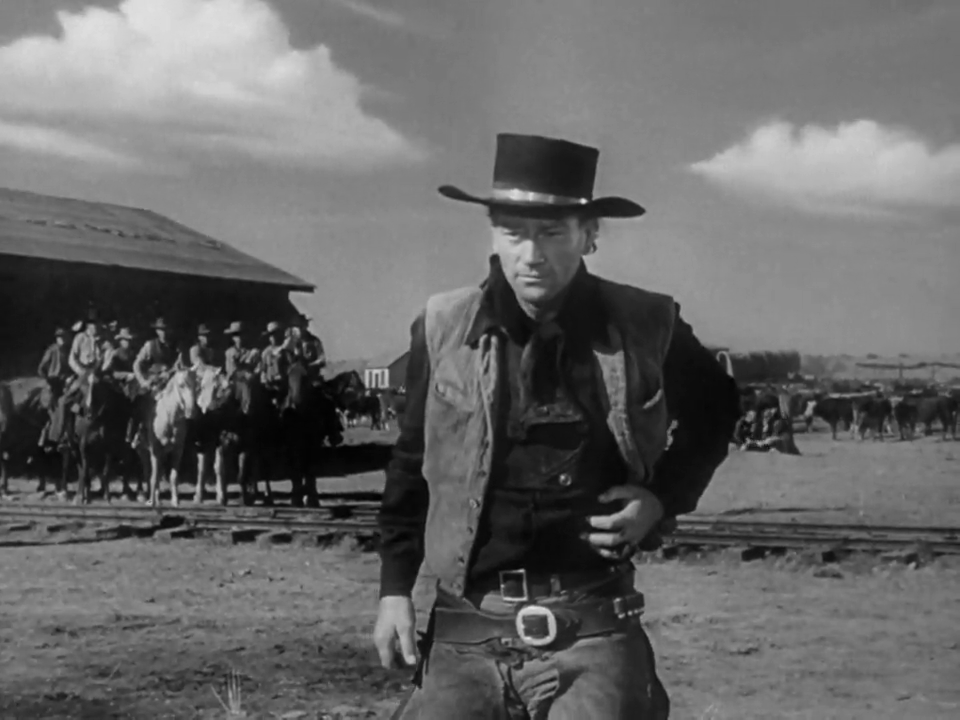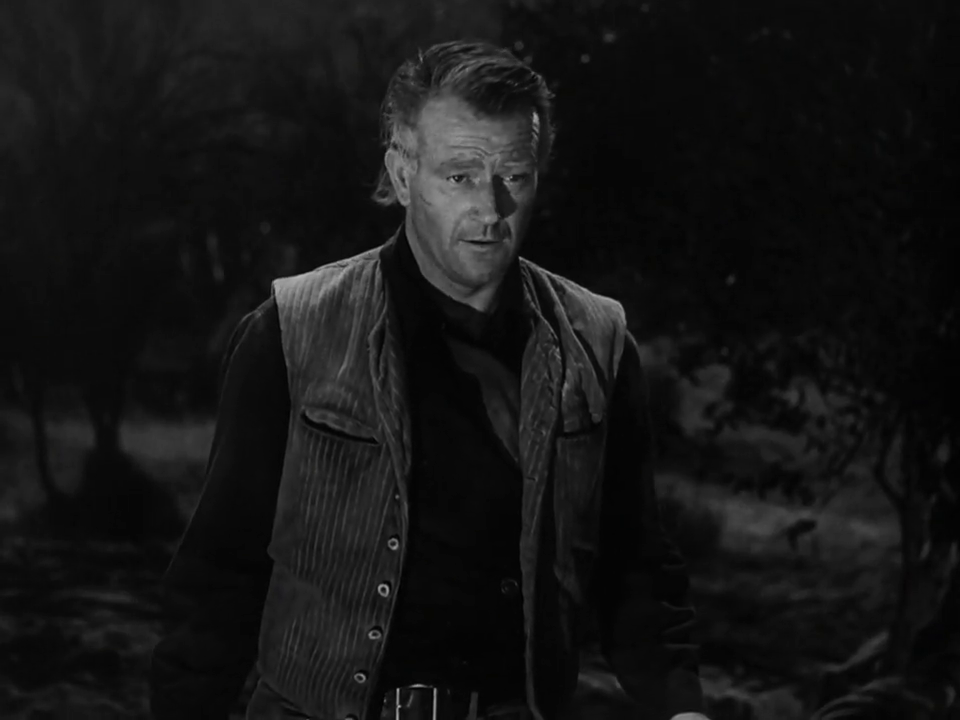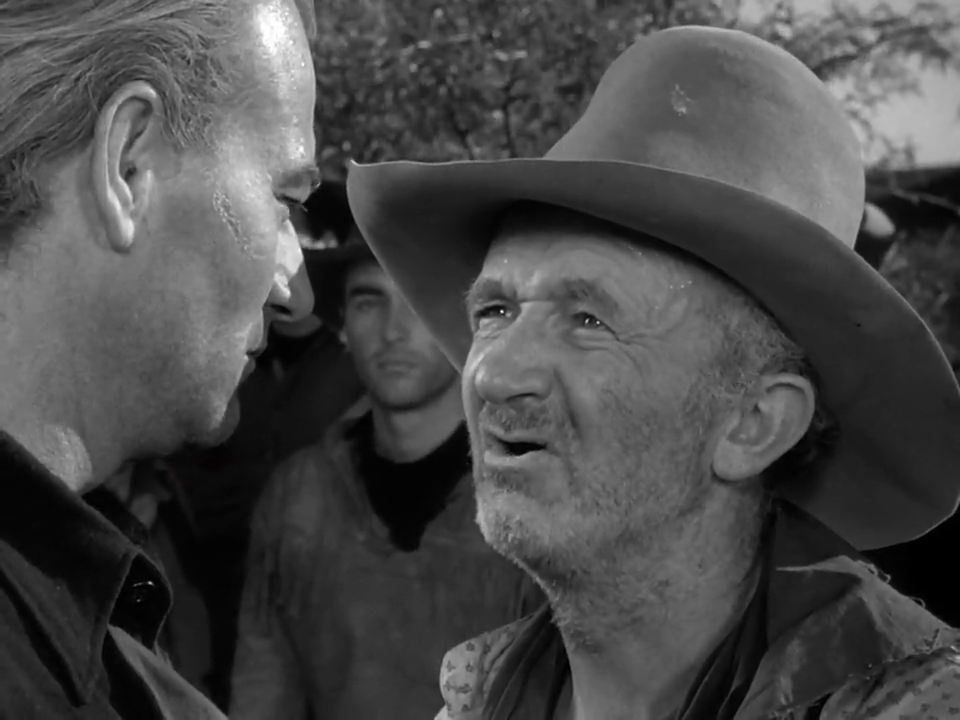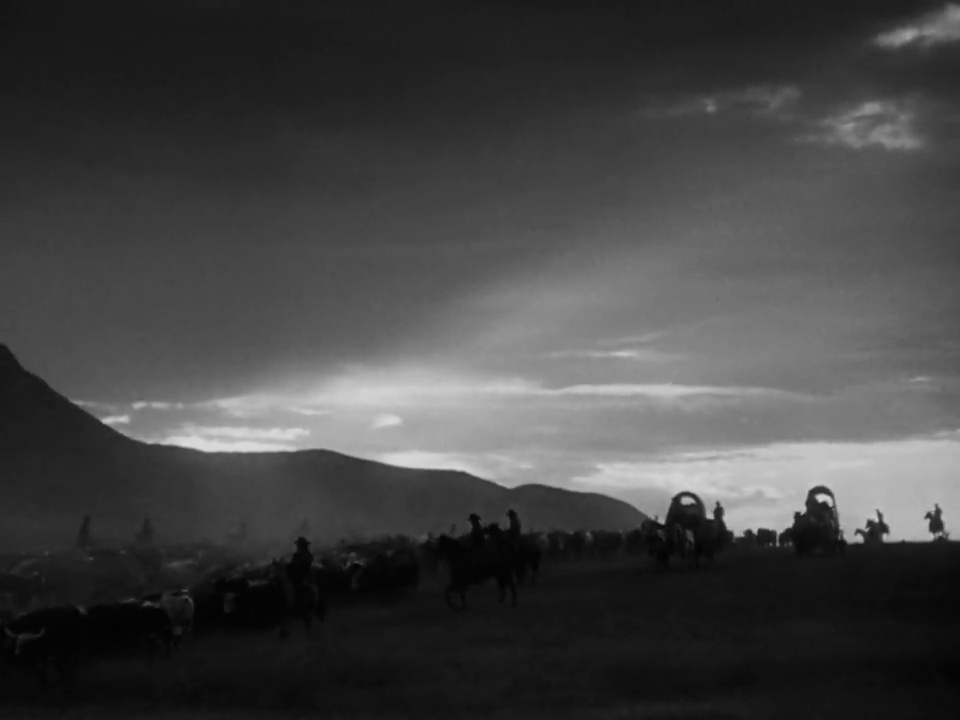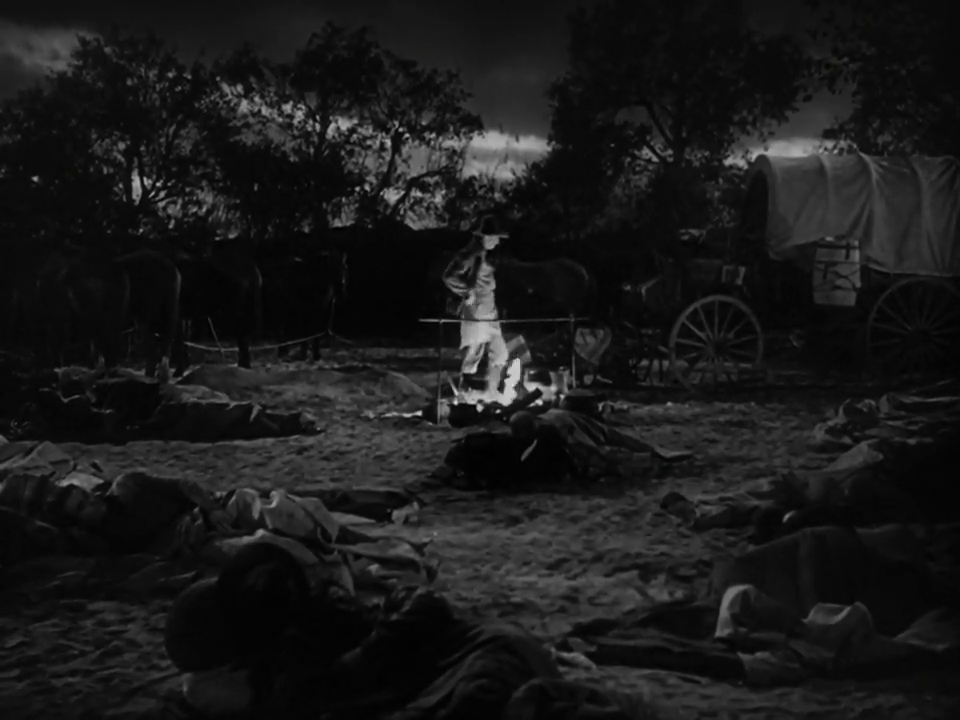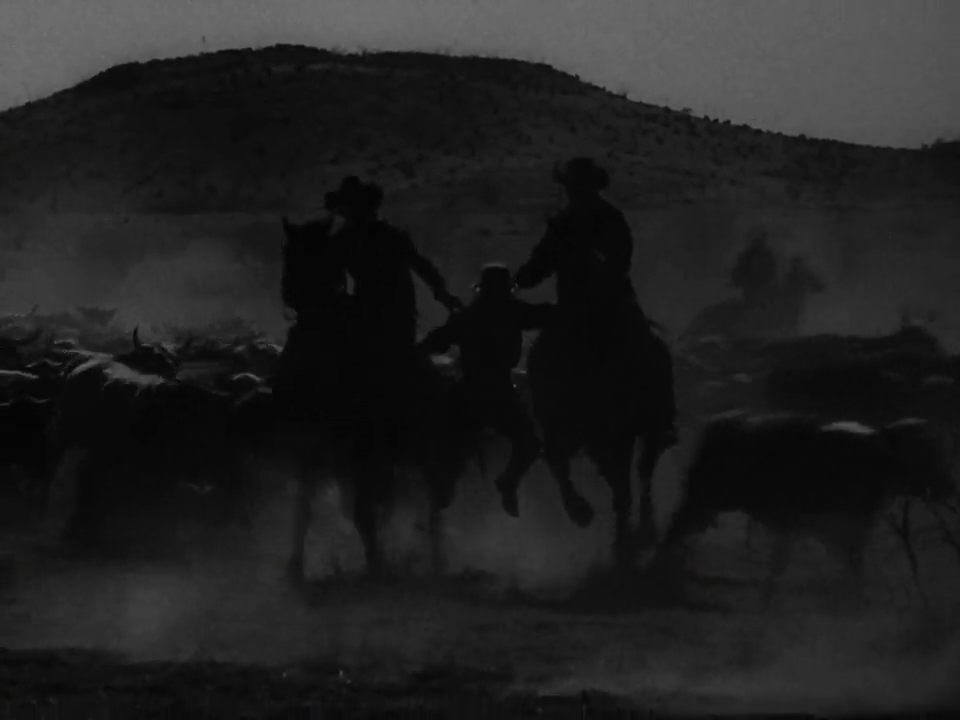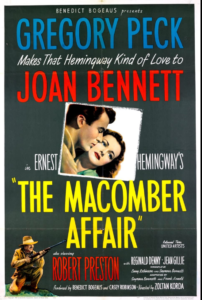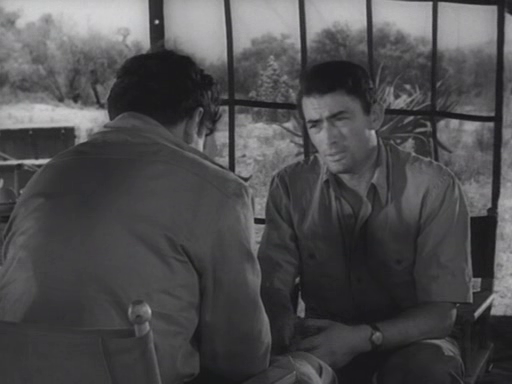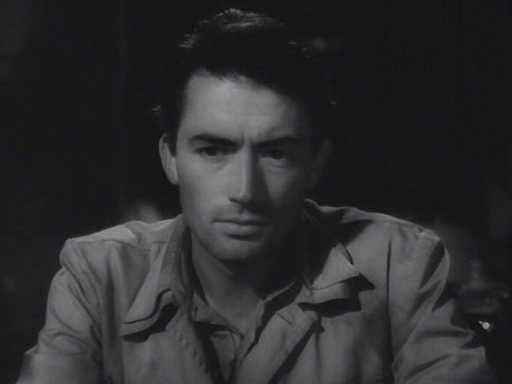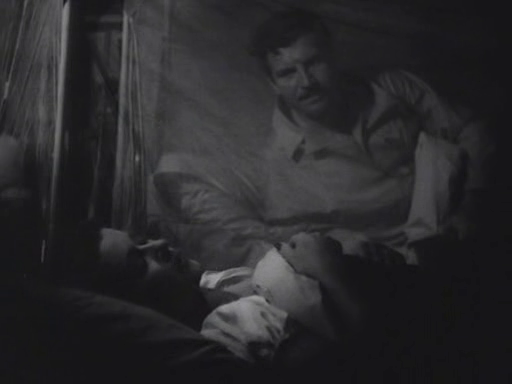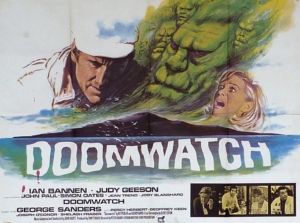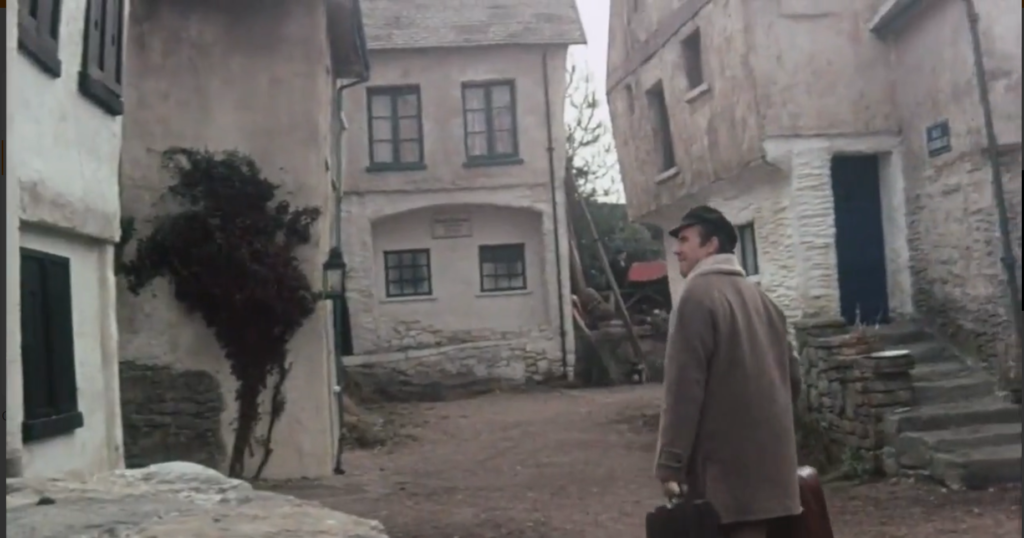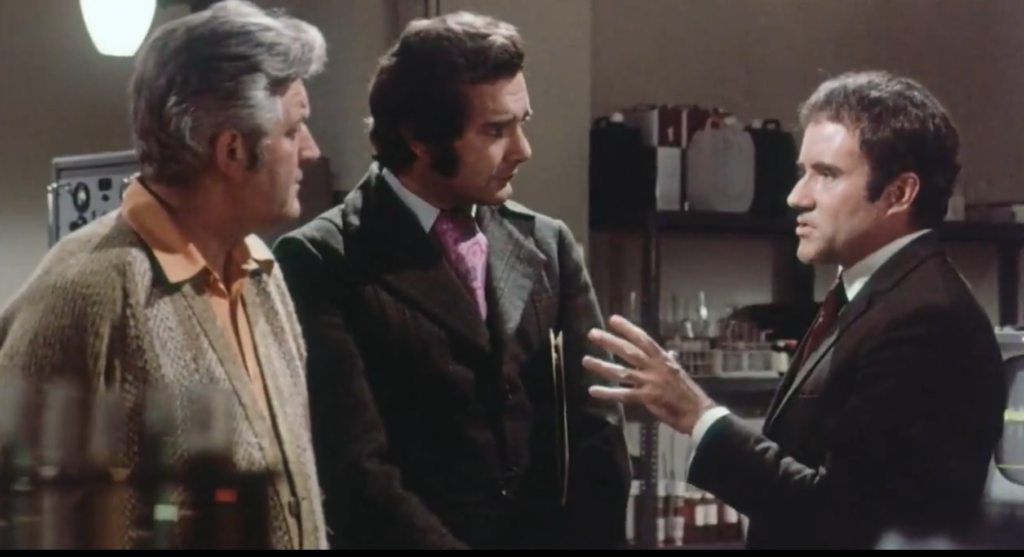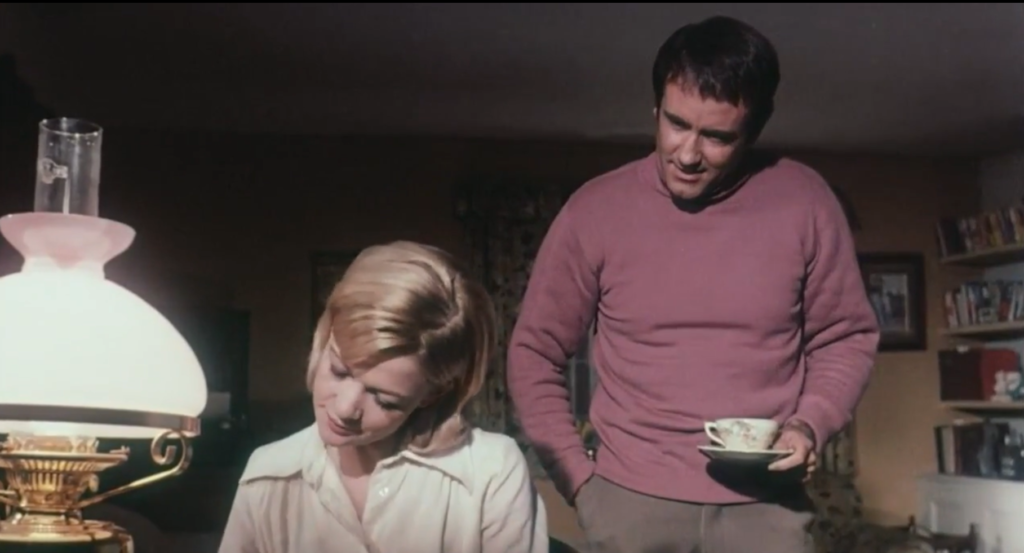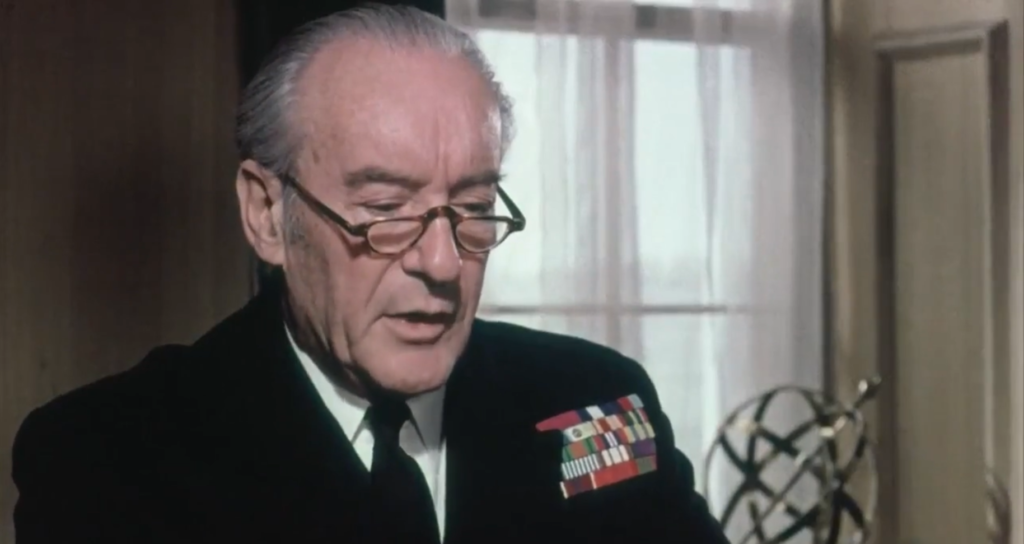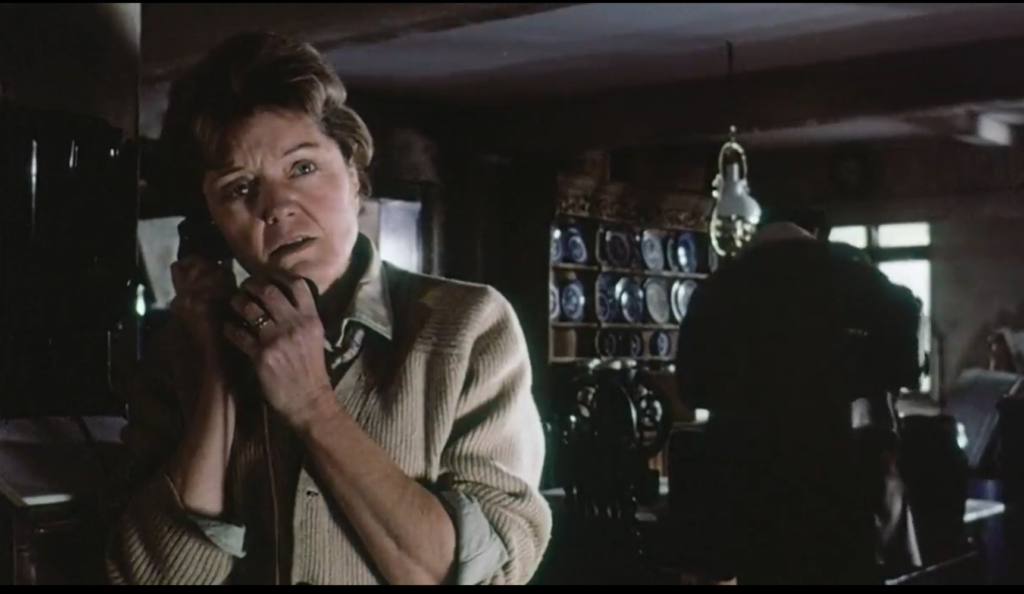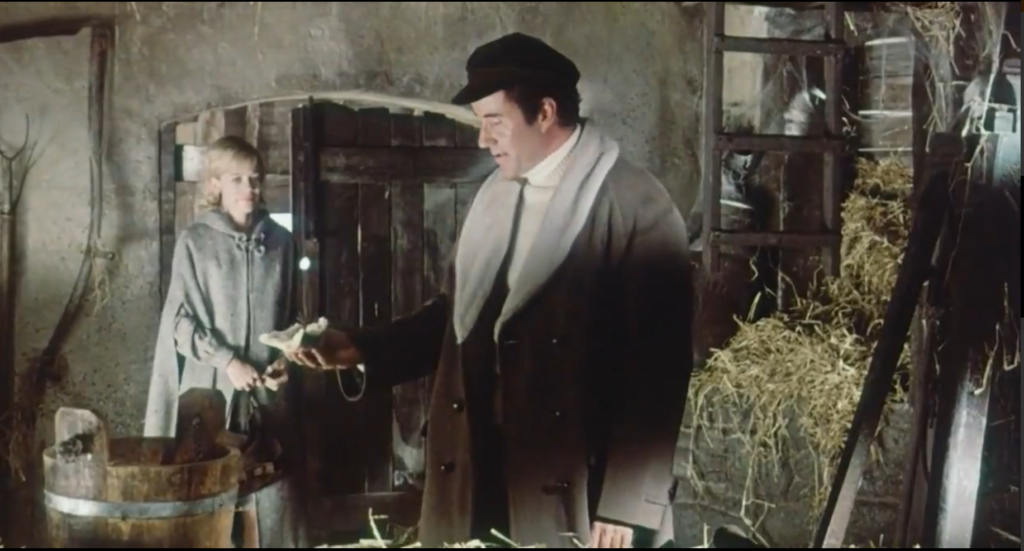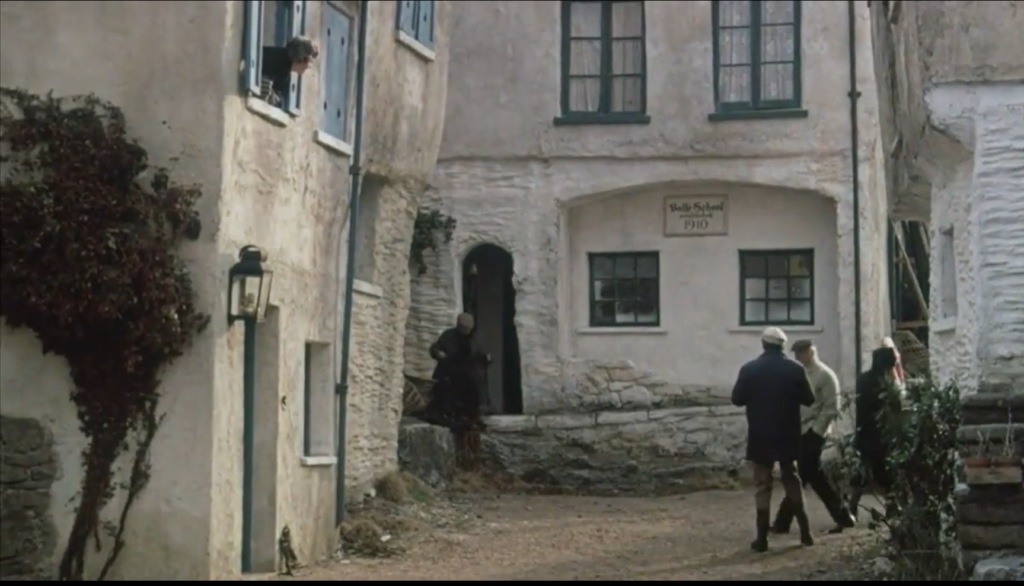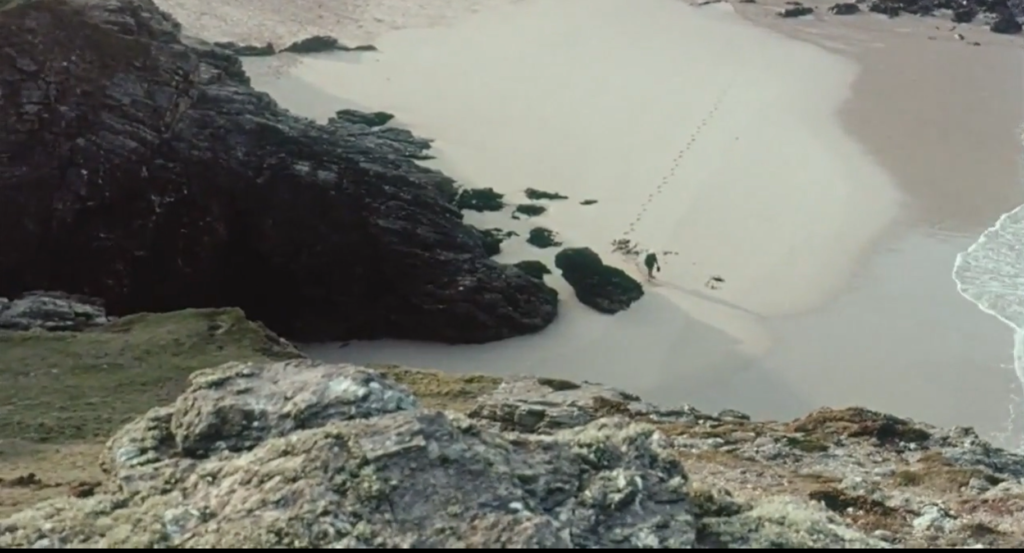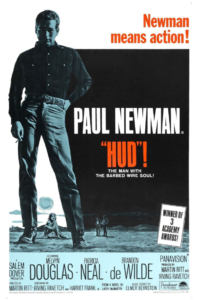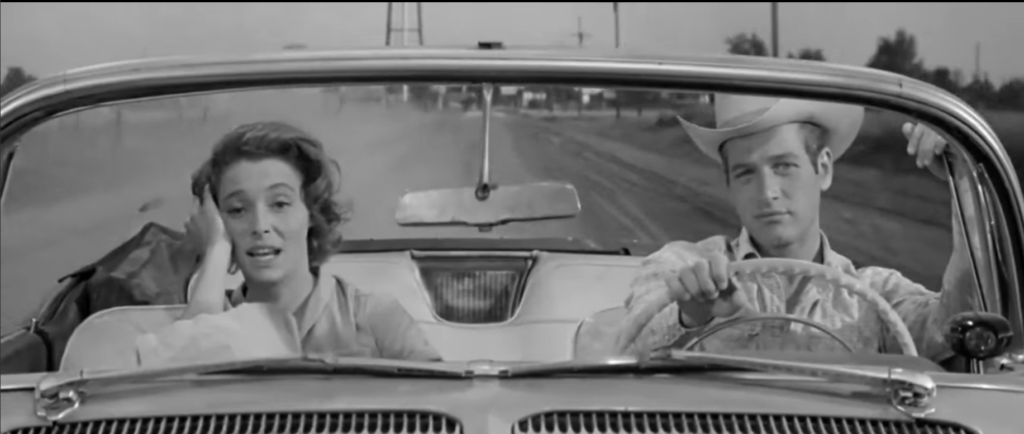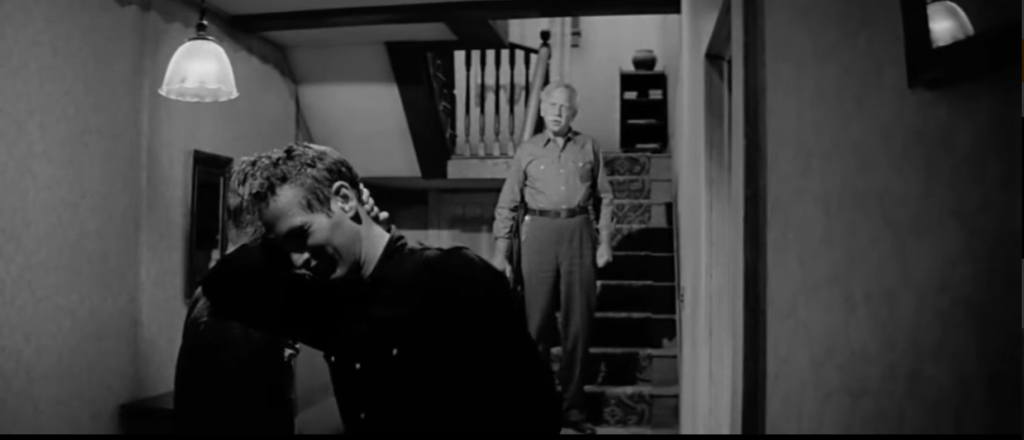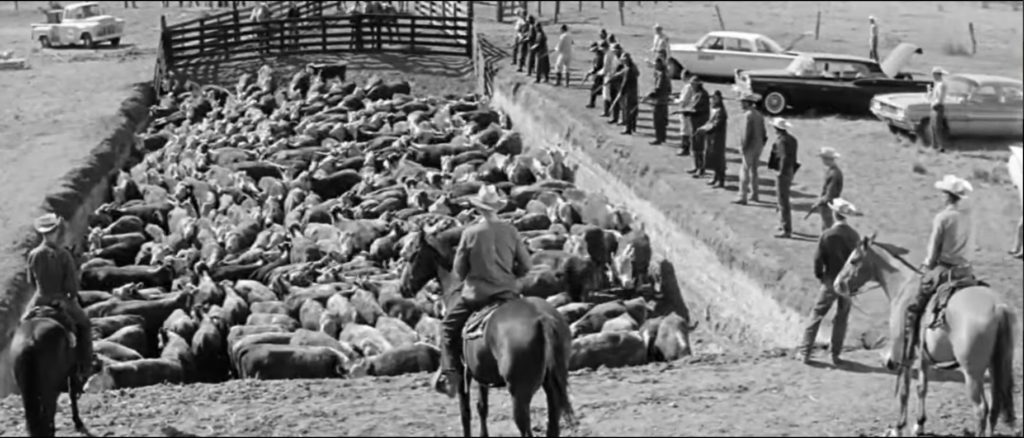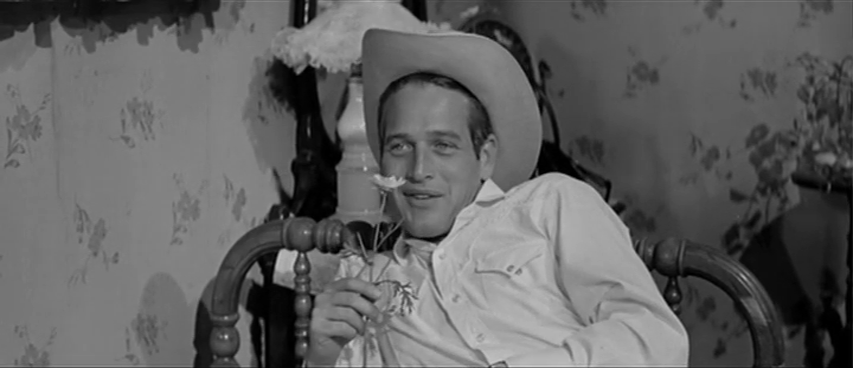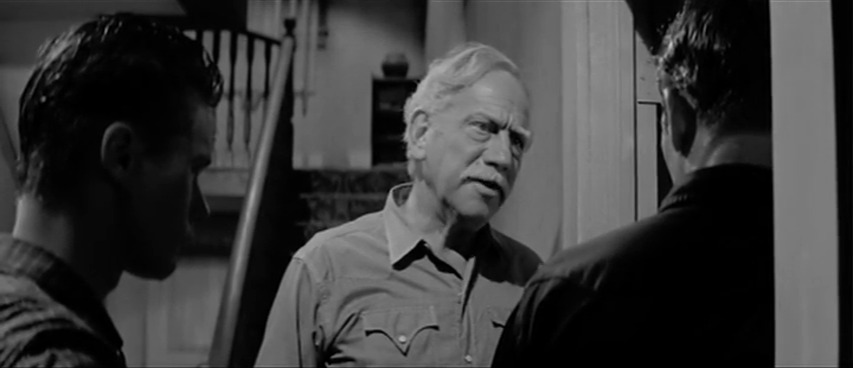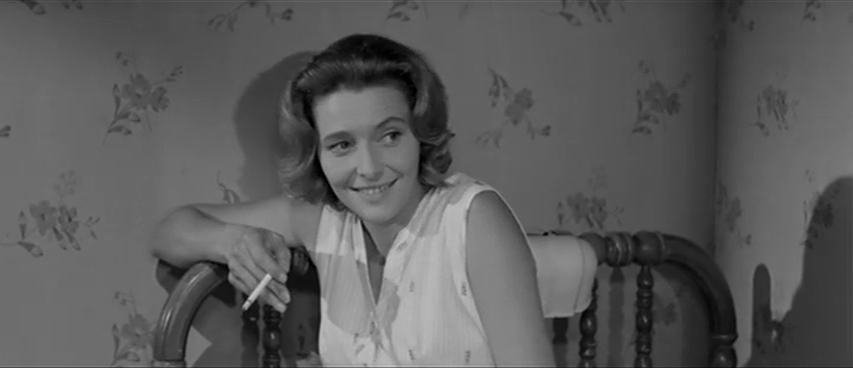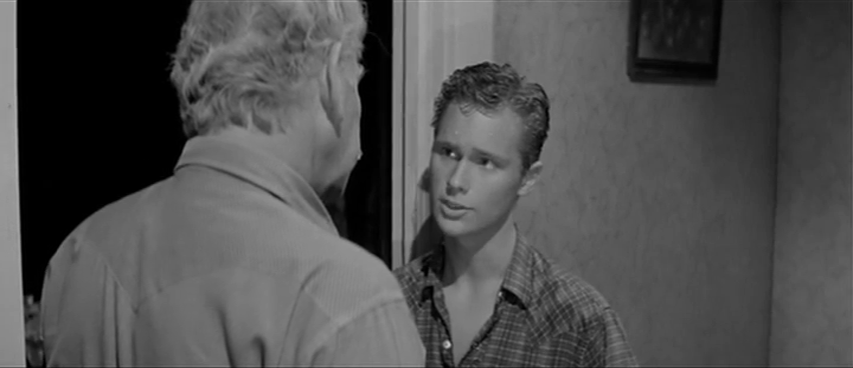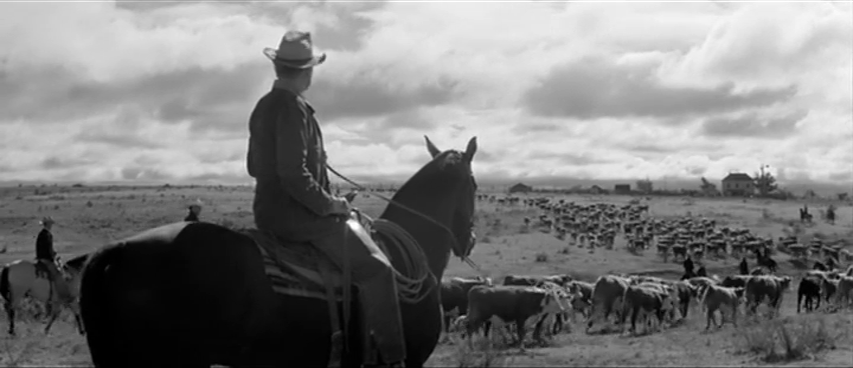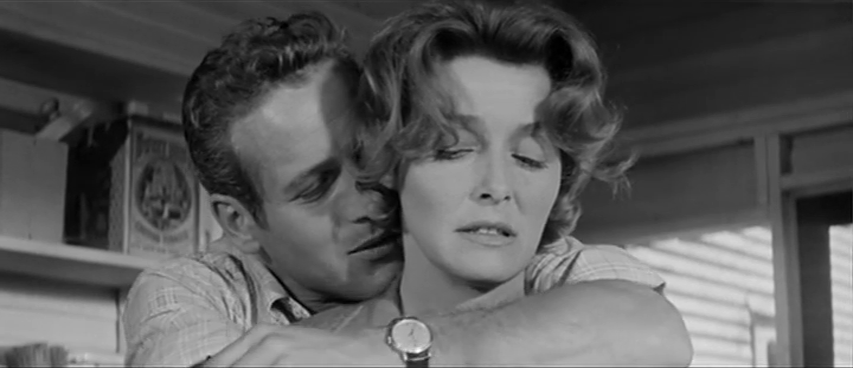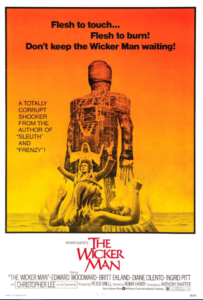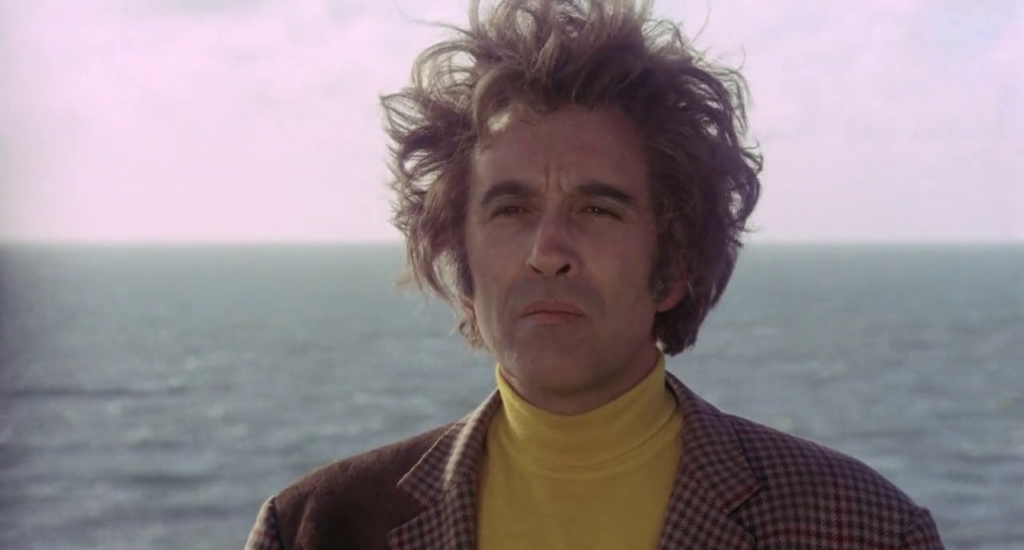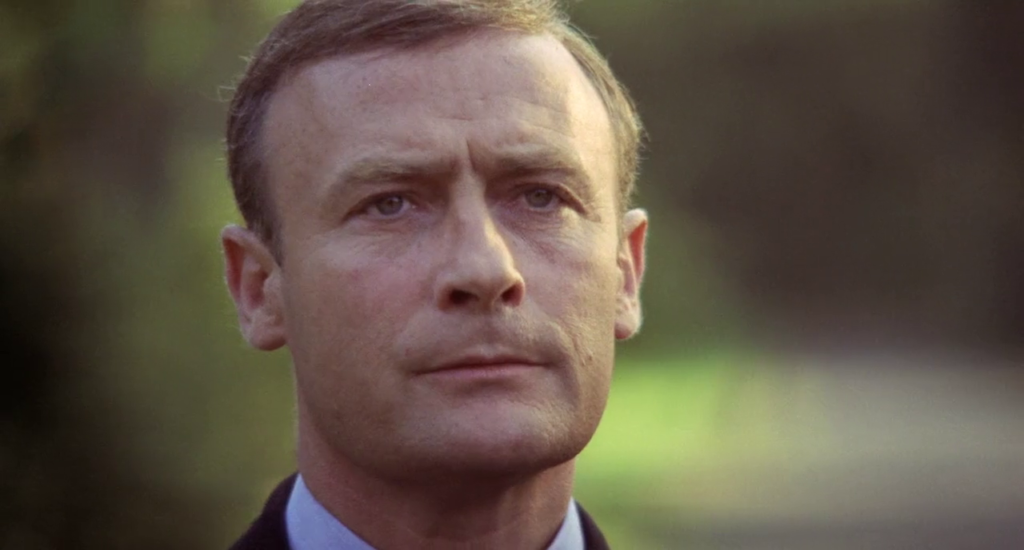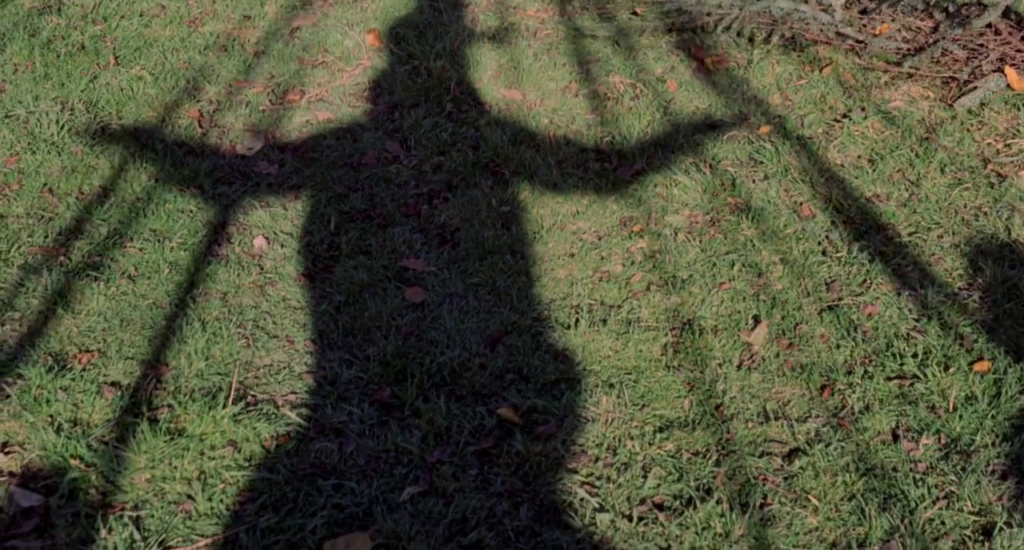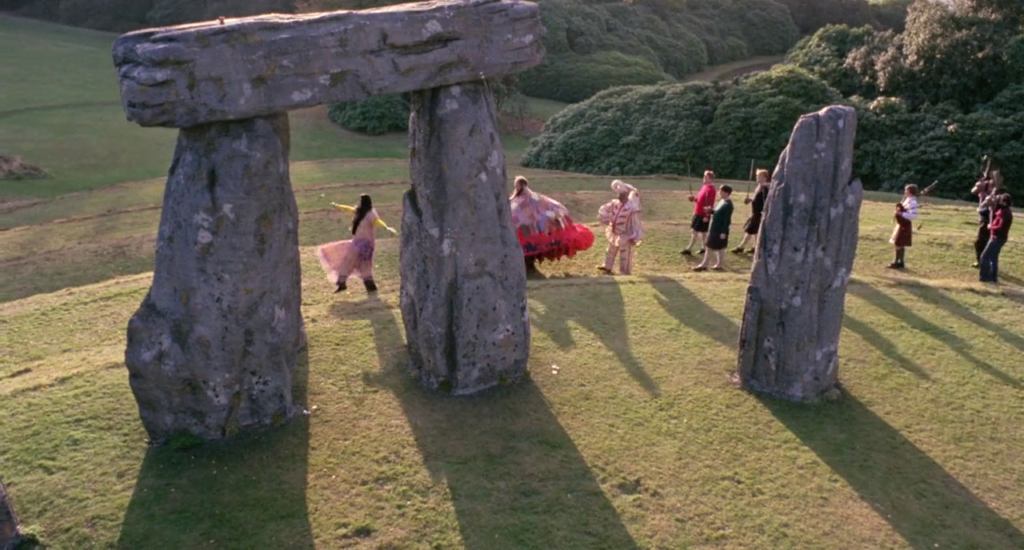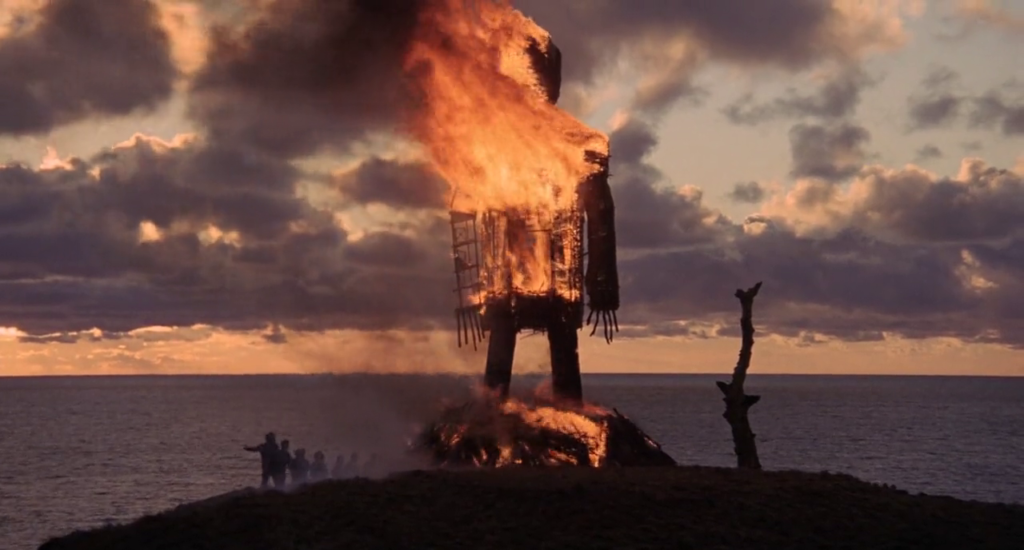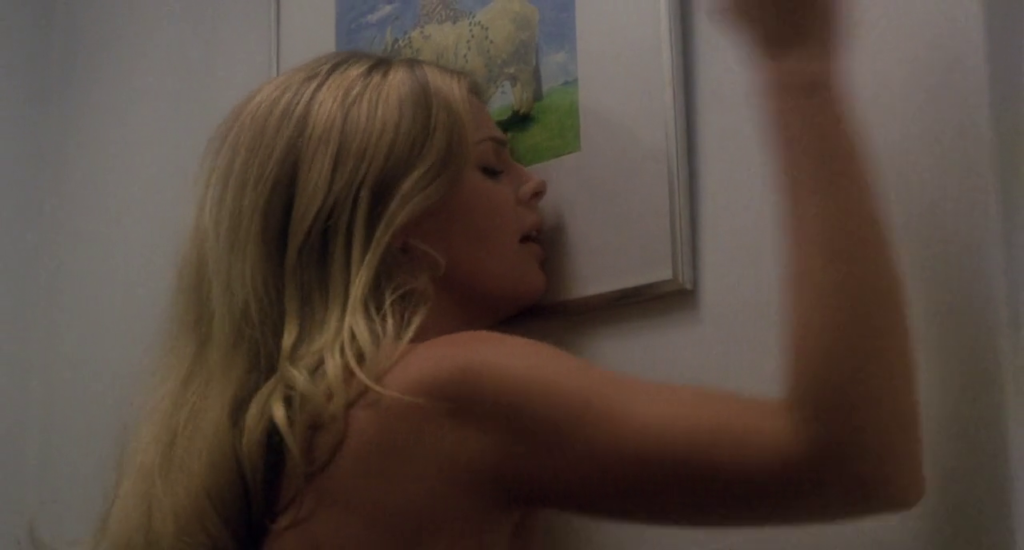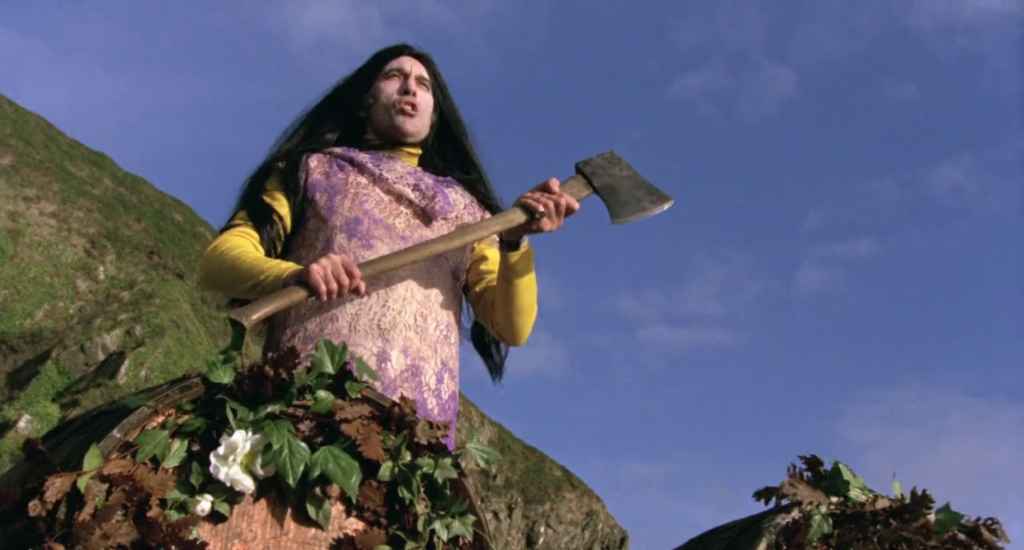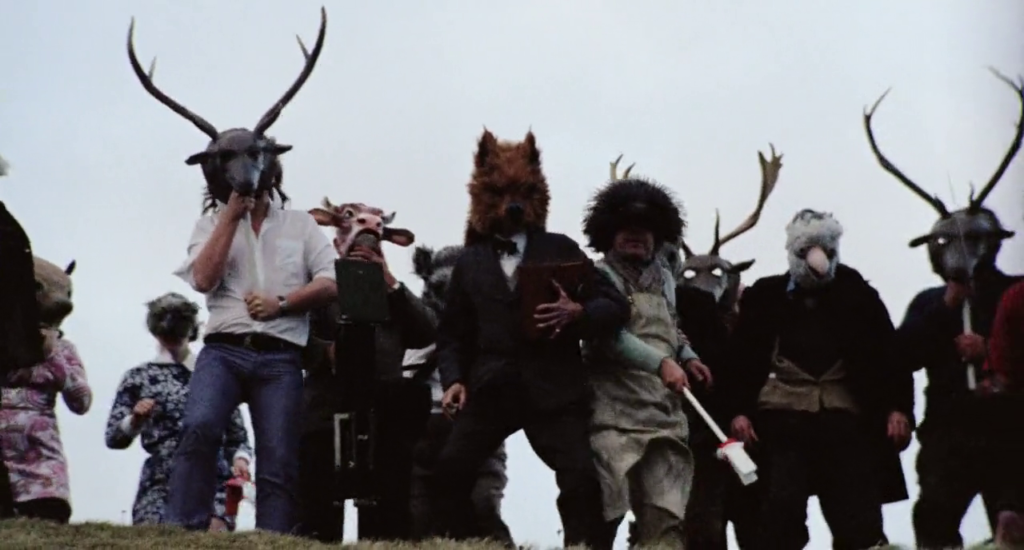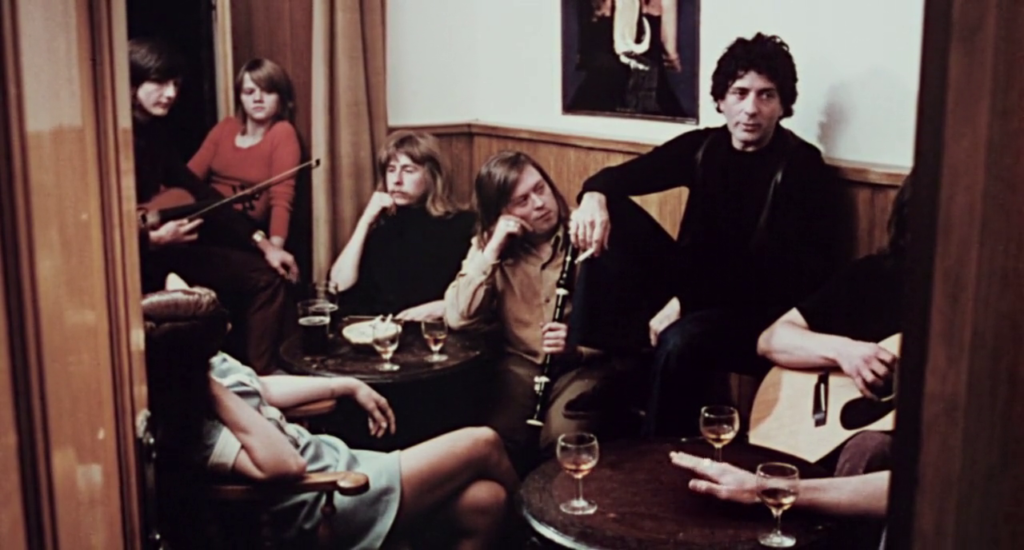|
Genres, Themes, Actors, and Directors:
- Carol Reed Films
- Fugitives
- Historical Drama
- Ireland
- James Mason Films
- Revolutionaries
- Robert Newton Films
Response to Peary’s Review:
Peary’s review of this Carol Reed film (based on F.L. Green’s novel) is surprisingly dismissive — though upon reading other reviews, I’ve come to understand that for some reason, the film deeply divides viewers. Peary writes that while Odd Man Out is “dated” (I disagree), it “works best in the early scenes, when it is strictly a suspense thriller (although it would have been more effective if the politics of Johnny’s band were made clearer)” — again, I disagree, especially given that the film was made during a time when it was prudent to (as DVD Savant puts it) “neutralize a touchy political subject”. Peary argues that “when the emphasis switches from Johnny to the characters who cross his path, the film falters badly”, noting that “the storyline begins to resemble Lassie Come Home” and it “becomes a pretentious religious allegory (with Johnny as the Christ figure) and morality play.” He also posits that “it drags on intolerably,” noting wryly that “perhaps it could end if Johnny didn’t fall down every two or three minutes or wander away from where someone left him to be picked up later.” Finally, he states that the “film’s once innovative use of lighting and sharp camera angles is still interesting, but some of Reed’s trickery now seems absurd (e.g., Johnny imagines faces in the bubbles of his spilled drink.”
I couldn’t diverge more from Peary’s assessment and overall regard for this film, which I find consistently engaging, innovative, and touching. Robert Krasker’s cinematography is simply stunning (especially so in the new Blu-Ray transfer): one feels instantly dropped into a nightmarish yet all-too-real world of policemen on every corner:

… kids playing innocently while refugees flee:
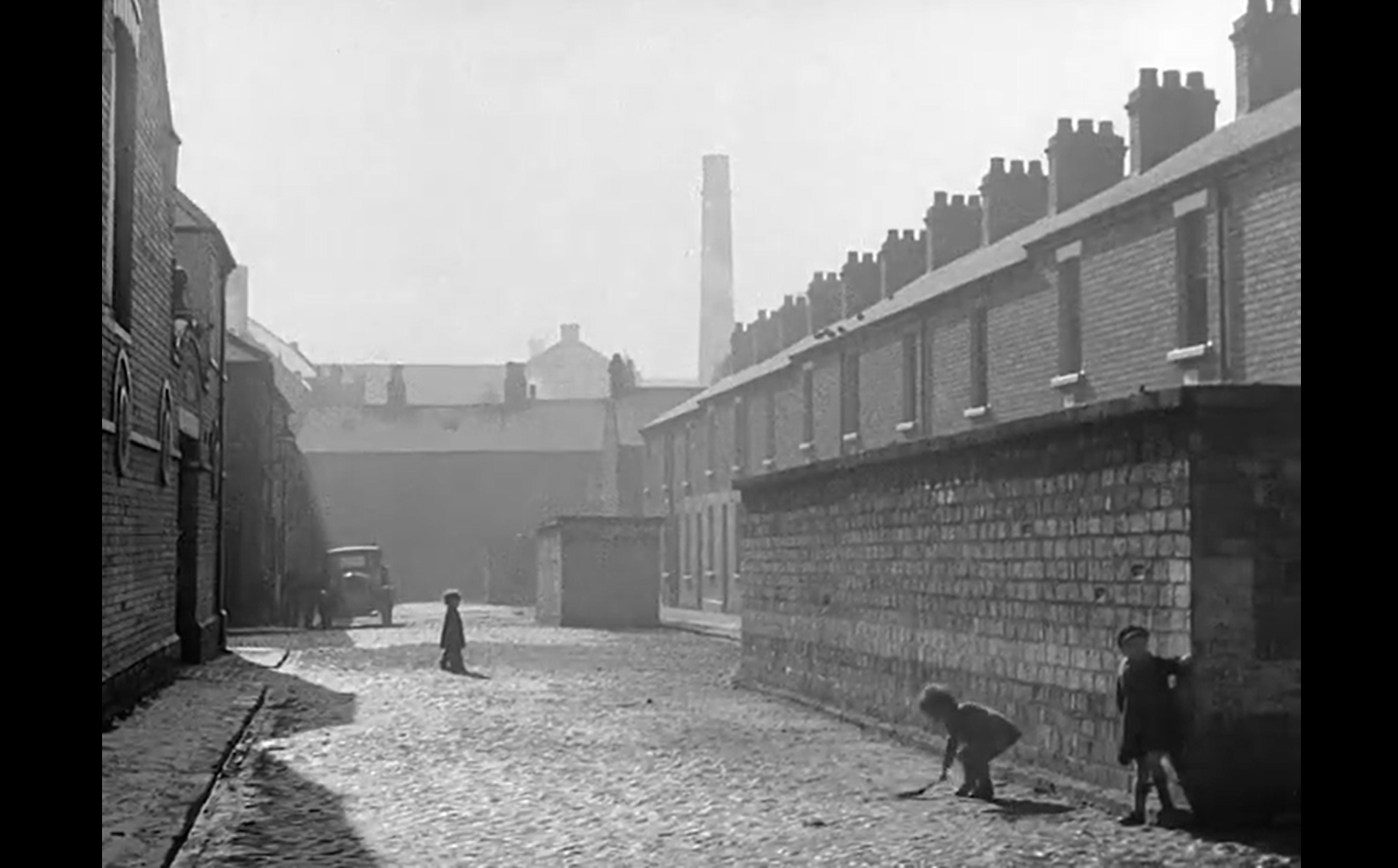
and (nearly) everyone keeping an eye out for their own needs and goals while also offering a tentative hand of support.
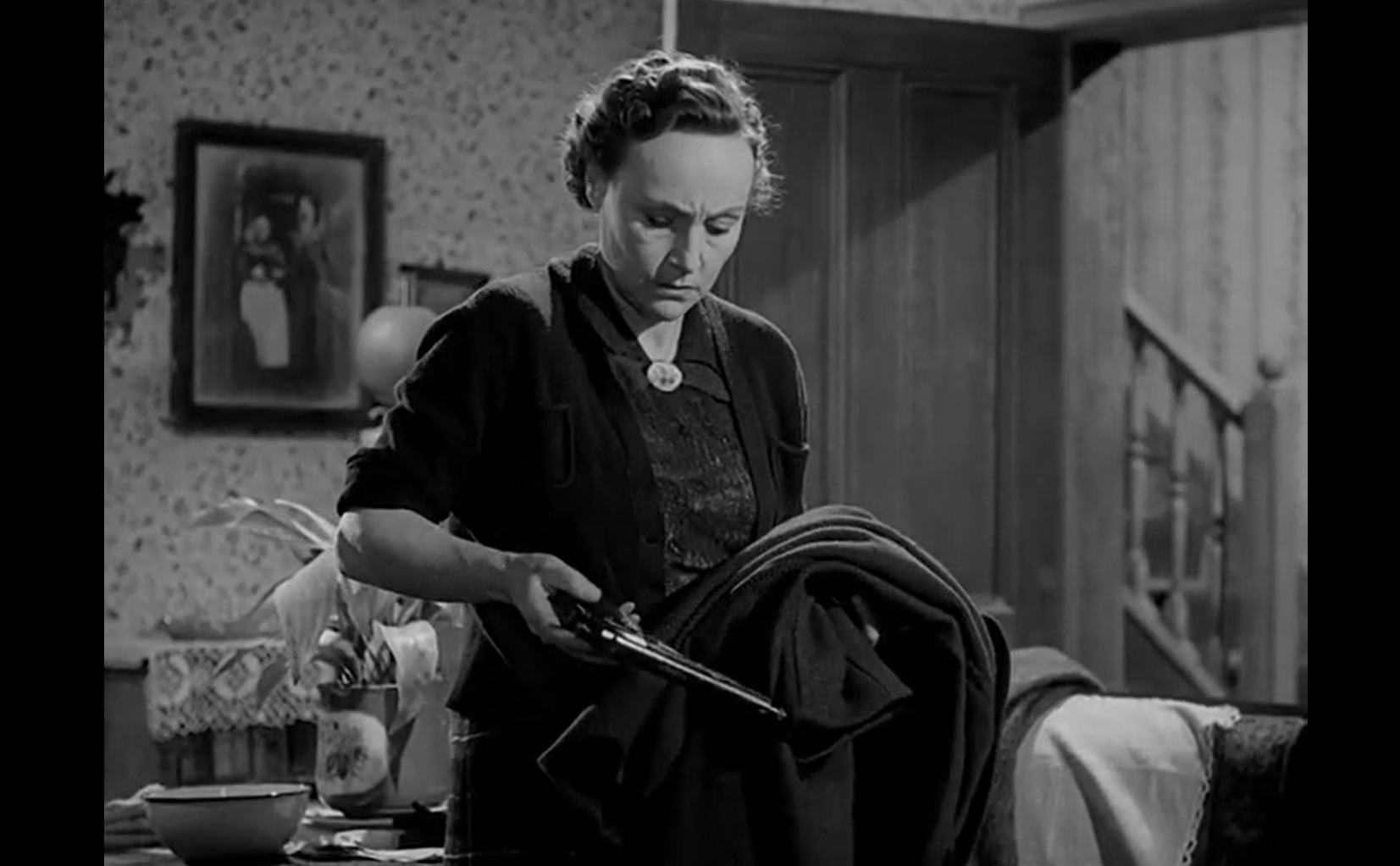
(A notable exception is Maureen Delaney’s creepy portrayal of “Theresa O’Brien”, a supposed IRA supporter whose twitchy eye belies her innate corruption.)
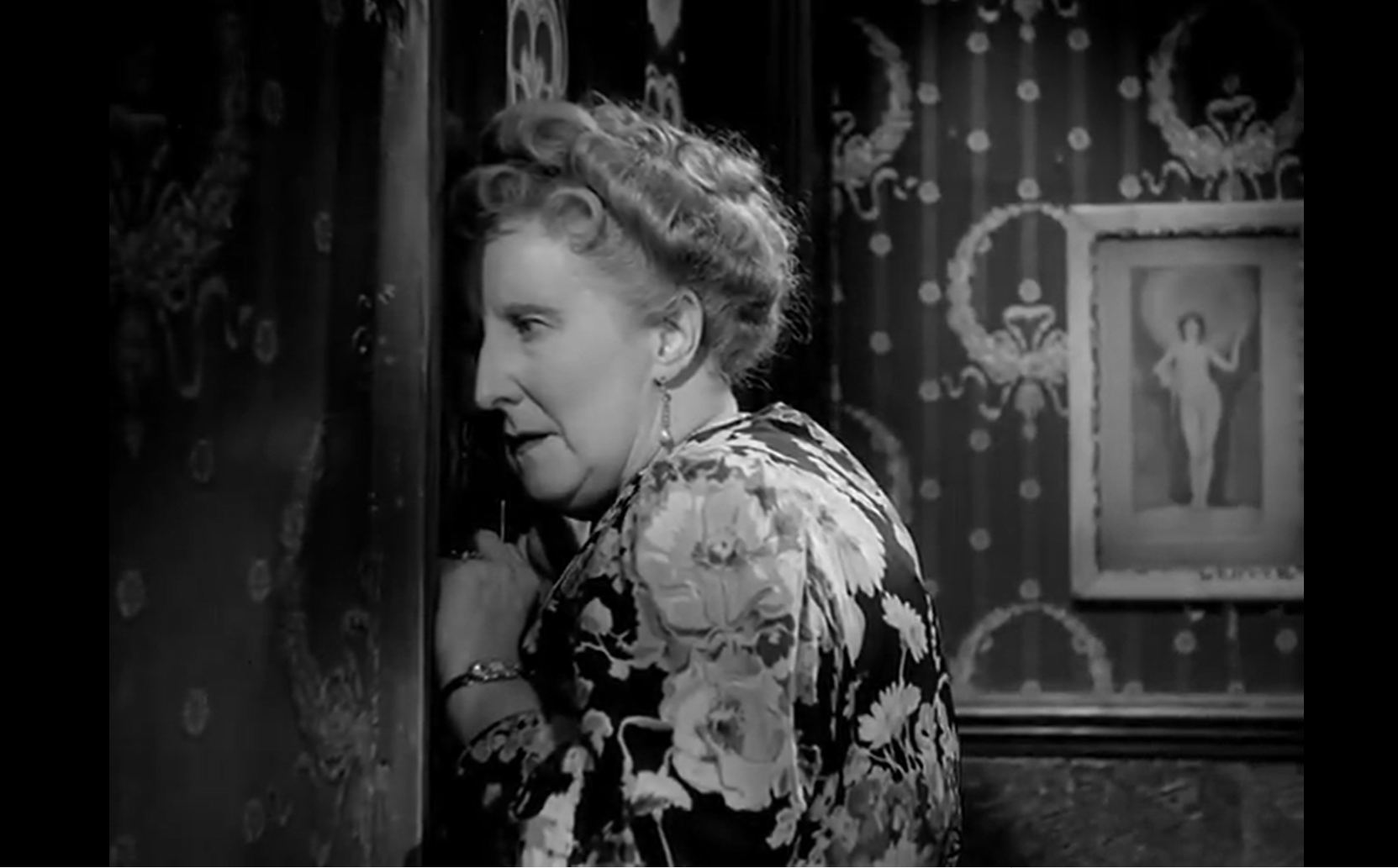
Mason’s performance is top-notch throughout: yes, he “falls down” again and again, but this is clearly because he’s mortally wounded and simply trying to stagger his way to the next reasonable haven.
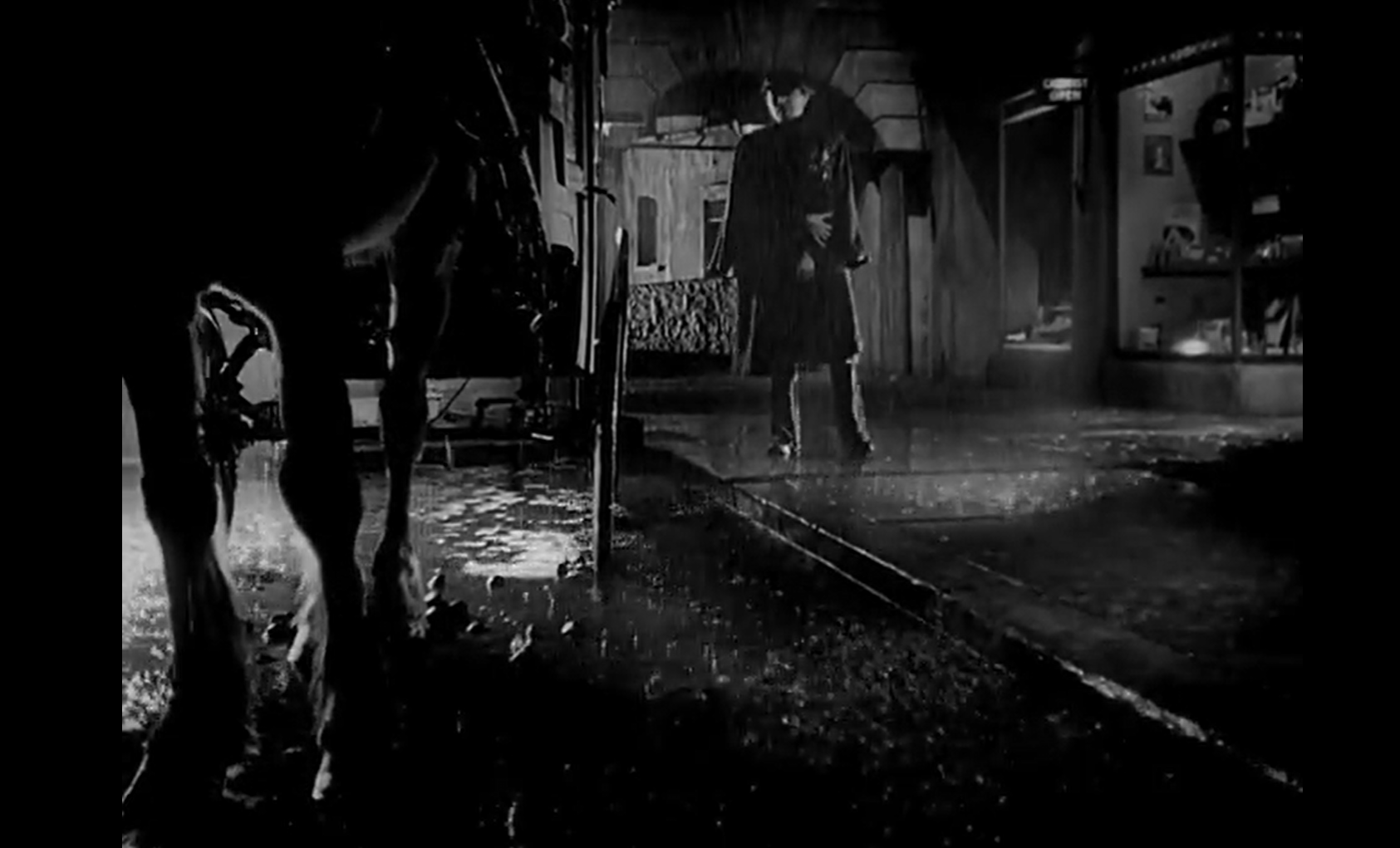
Rather than a Christ-like figure, one could easily argue that he’s a fatally flawed protagonist, given his unwillingness in opening scenes to cede his power and authority to a capable colleague (Robert Beatty) who is ready and willing to take over —
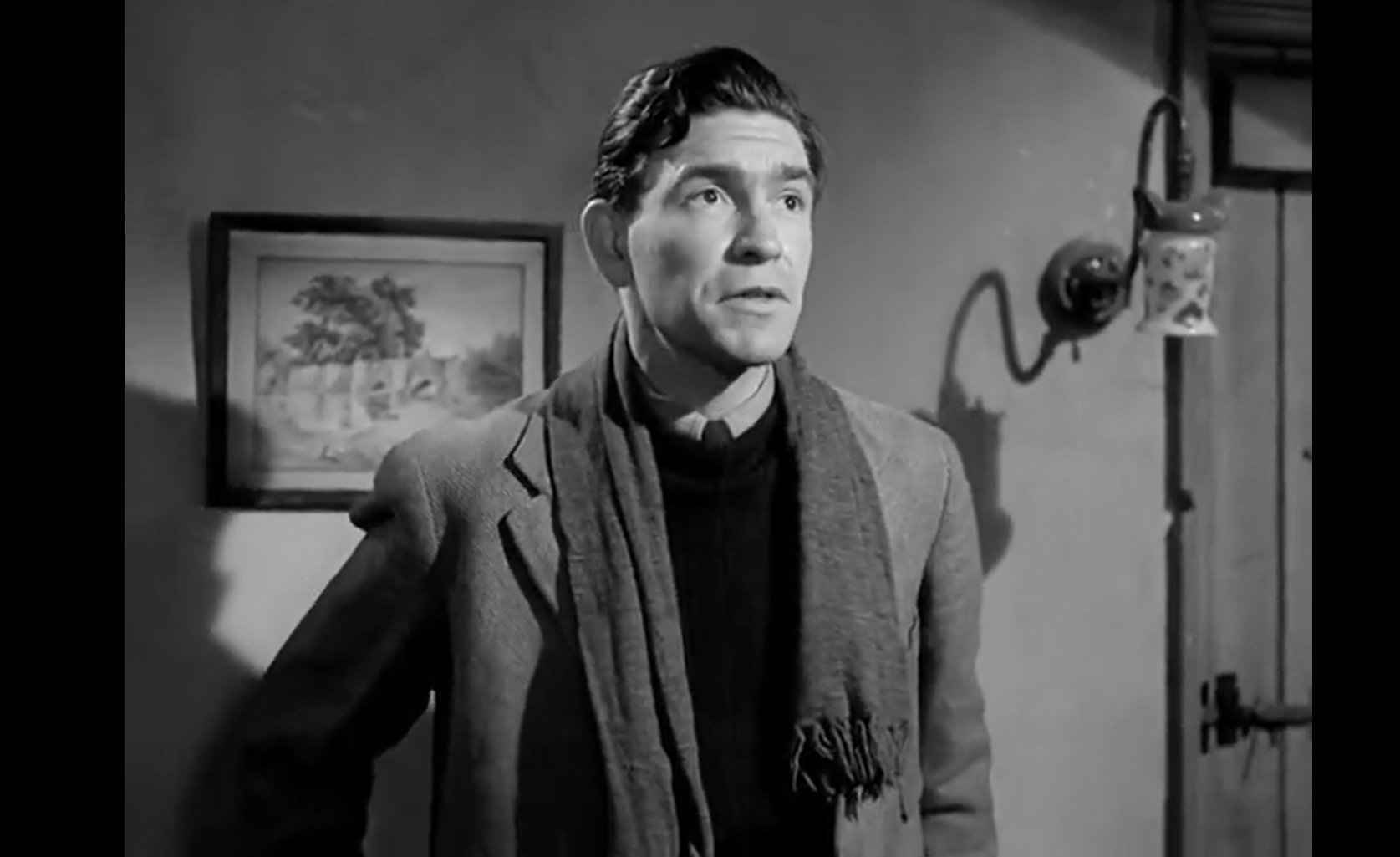
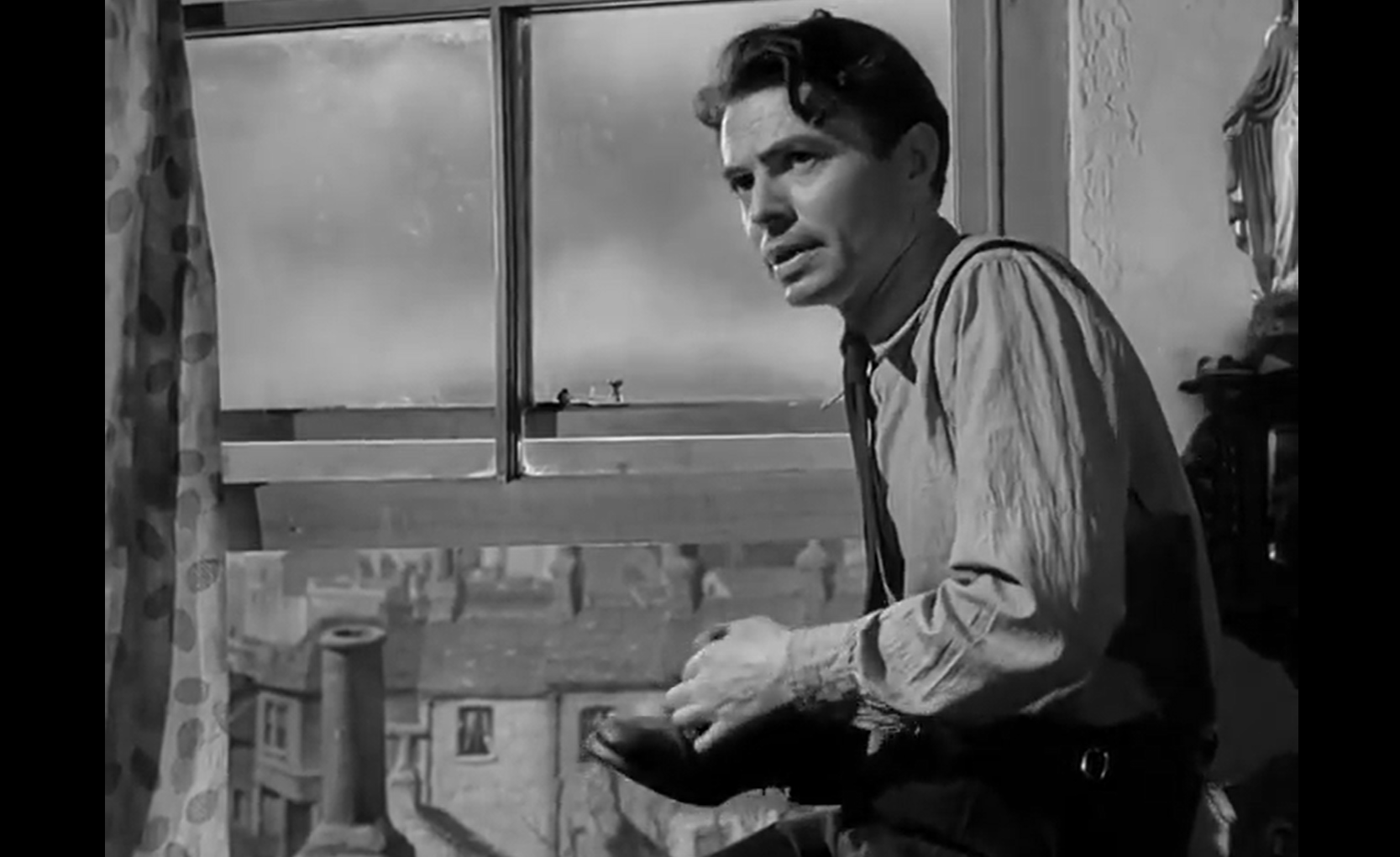
and his men (Dan O’Herlihy, Roy Irving, and Cyril Cusack) are right to (respectfully) question his fitness for the job.

The other supporting characters — including “his girlfriend (Kathleen Ryan) [who] wants to spend his last hours with him;
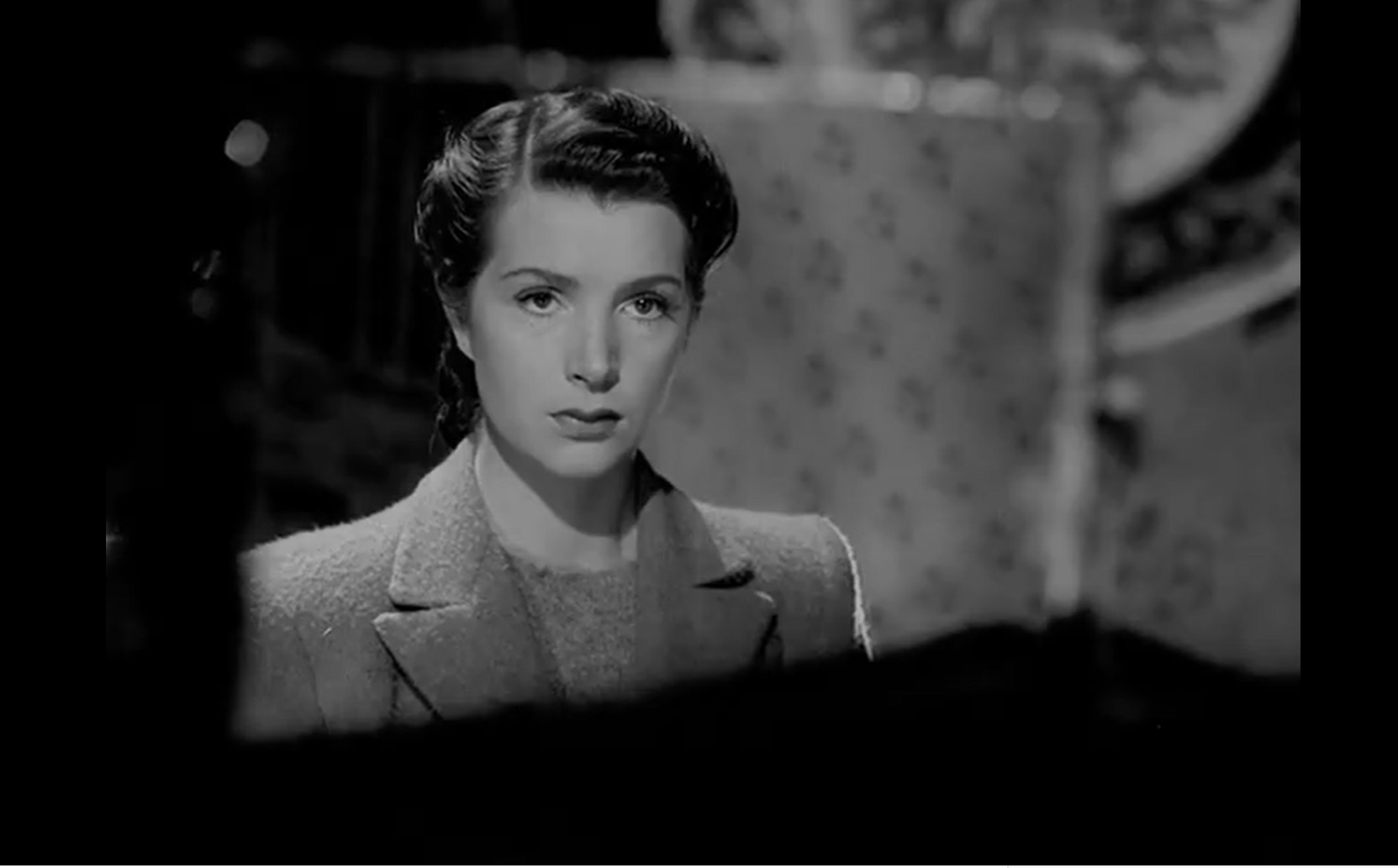
a priest (W.G. Ray) [who] wants to hear his confession;
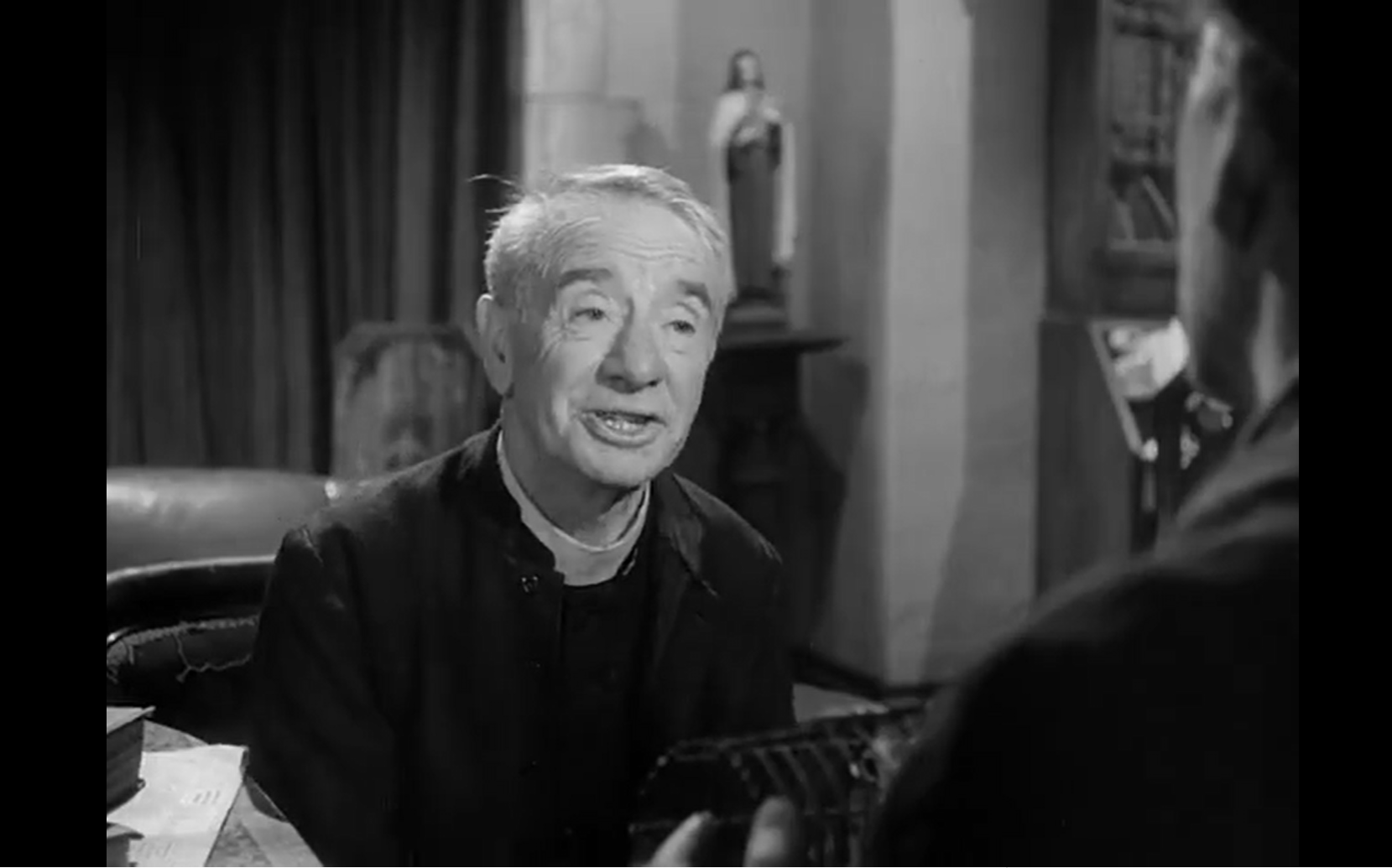
a derelict (F.J. McCormick) [who] wants to hand him to either the priest or the police, whoever can offer him more;

[and] a mad artist (Robert Newton) [who] wants to use him as a model because he has the eyes of a dying man” —
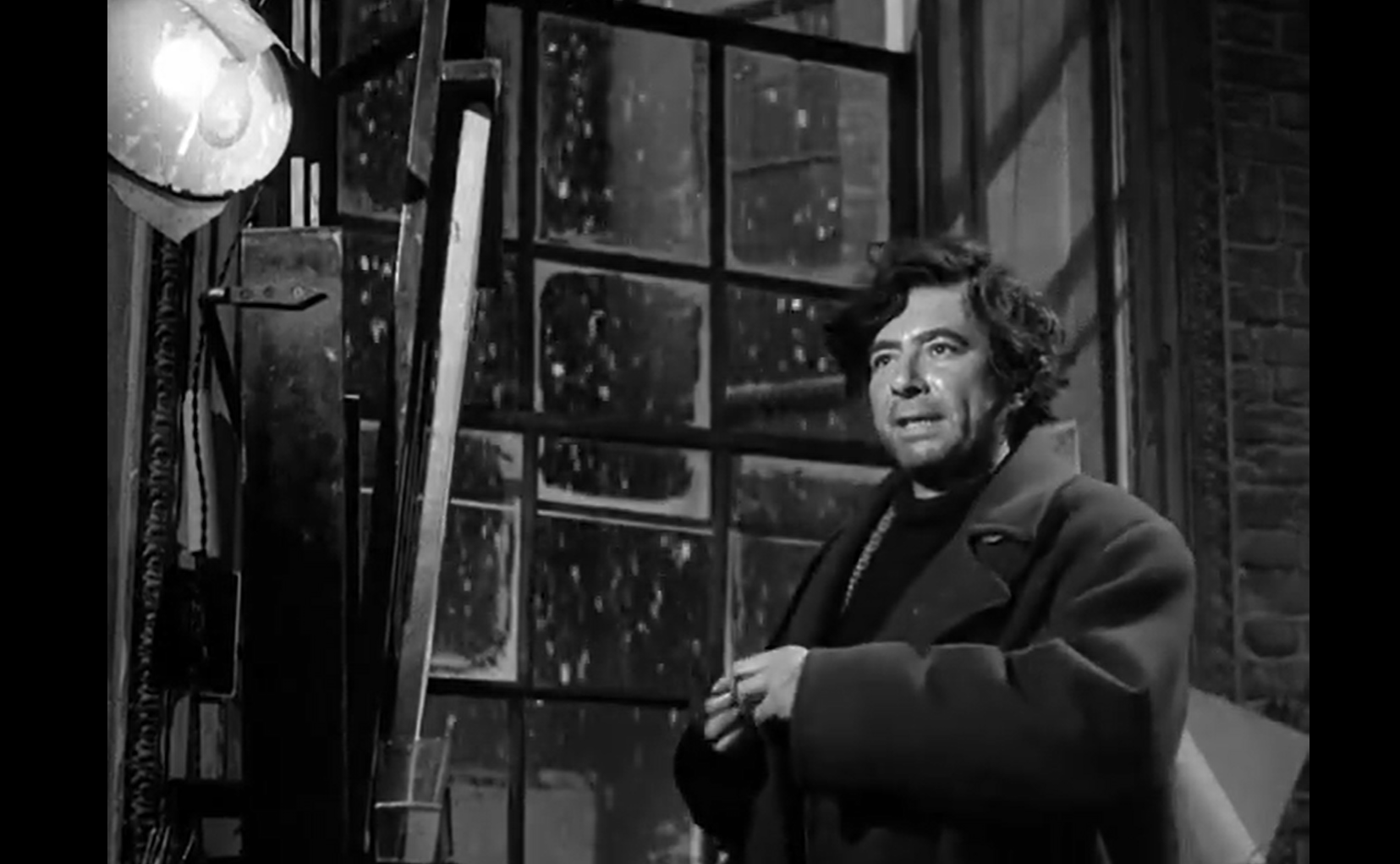
are all part of the surreal cityscape in which the “Irish troubles” play out, with tragic results.
Redeeming Qualities and Moments:
- James Mason as Johnny
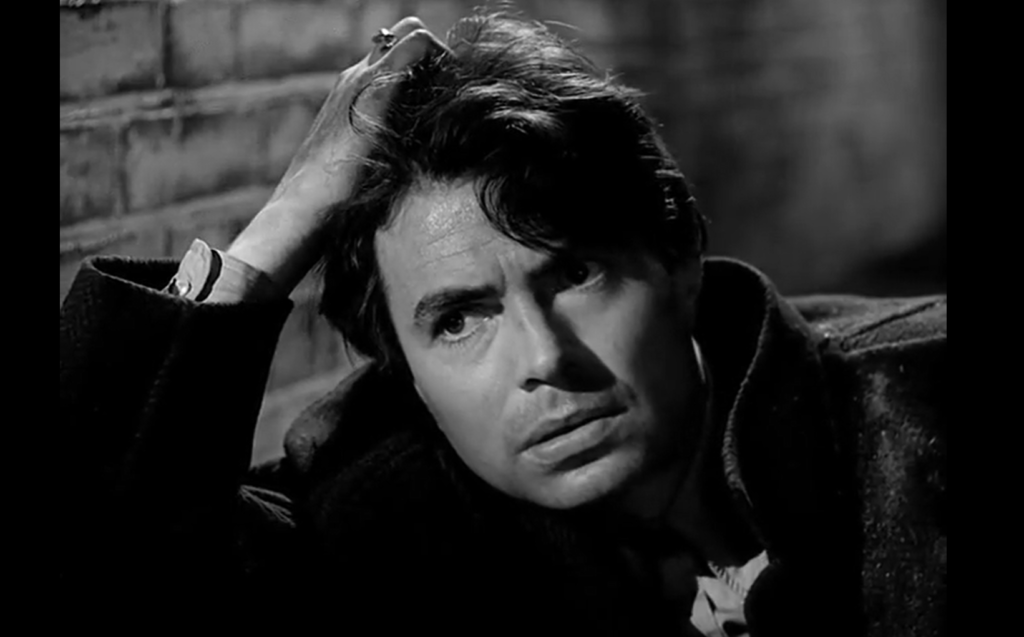
- Fine supporting performances
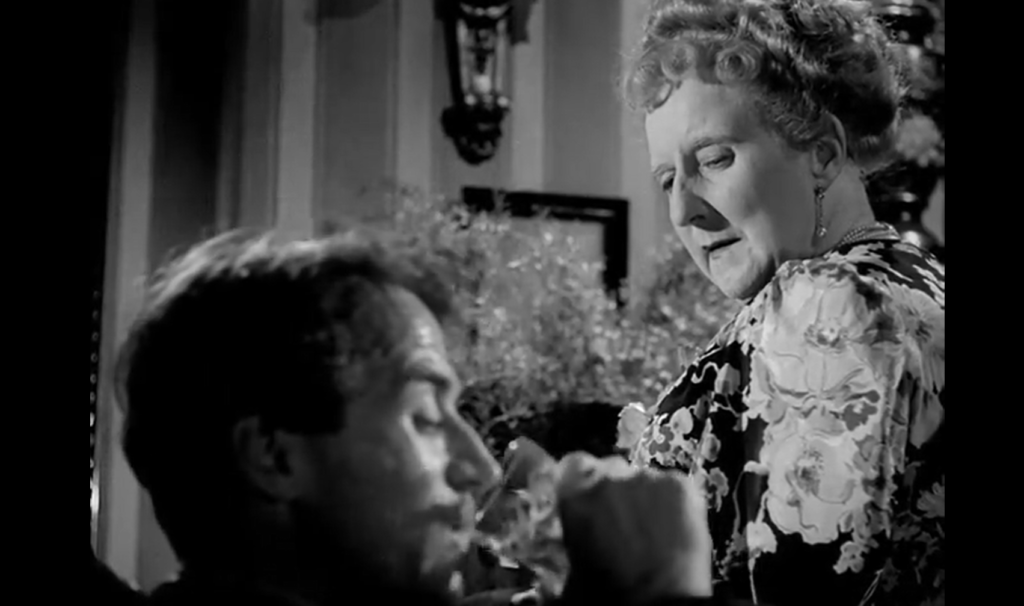
- Robert Krasker’s cinematography
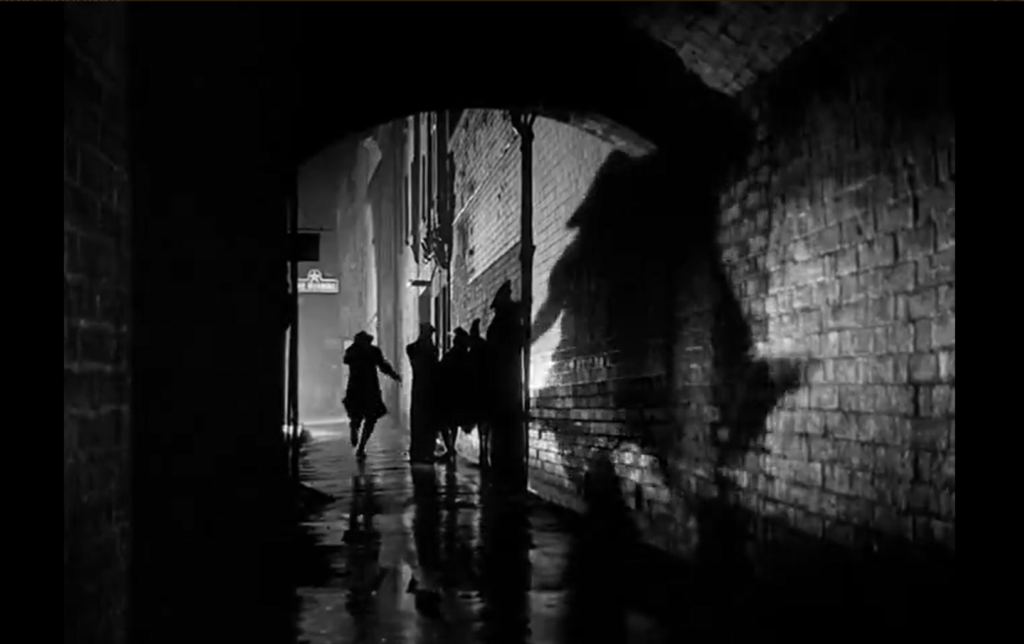
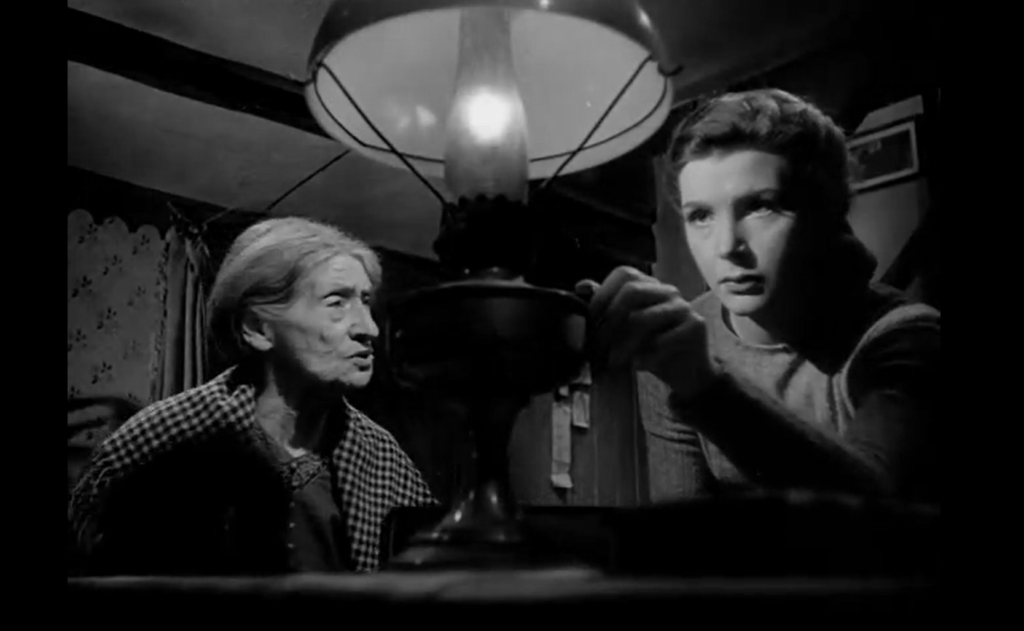
Must See?
Yes, as a still-powerful classic.
Categories
(Listed in 1001 Movies You Must See Before You Die)
Links:
|
